MOHAI, Seattle Post-Intelligencer Collection, 1986.5.14092.1, photo by Harvey Davis
Shipping Nuclear Power Out To Sea

Presented by:
STATUS
of nuclear power

In 2024, nuclear fission made:
- 5.1% of world energy
- 9% of world electricity
- 18.1% of US electricity
- 45.6% of US low-carbon electricity
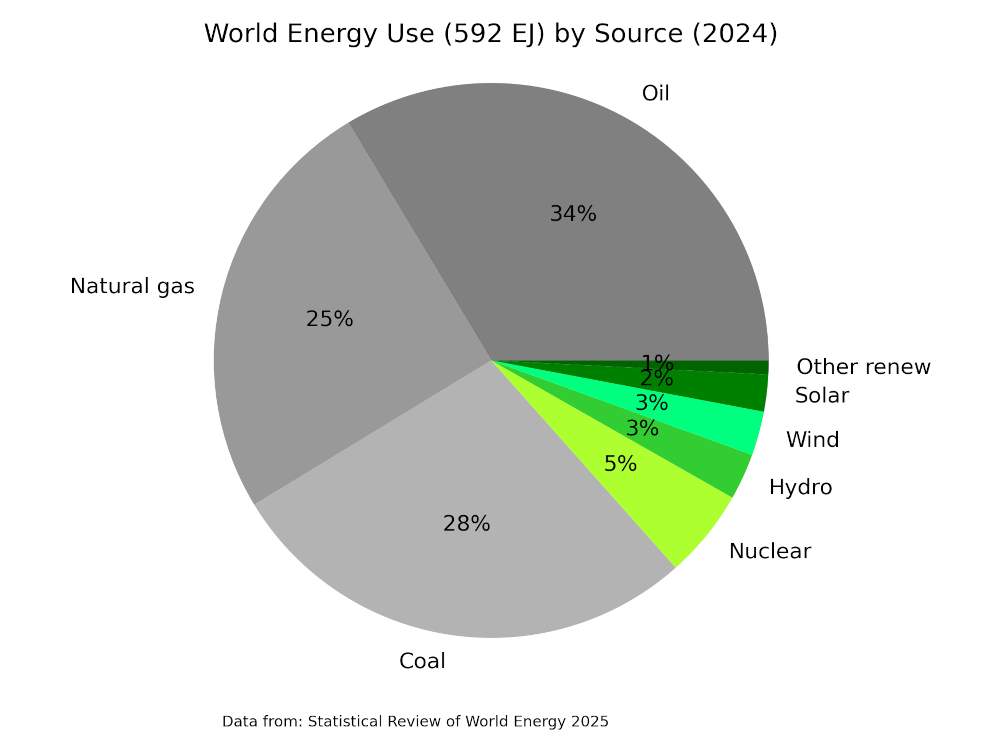
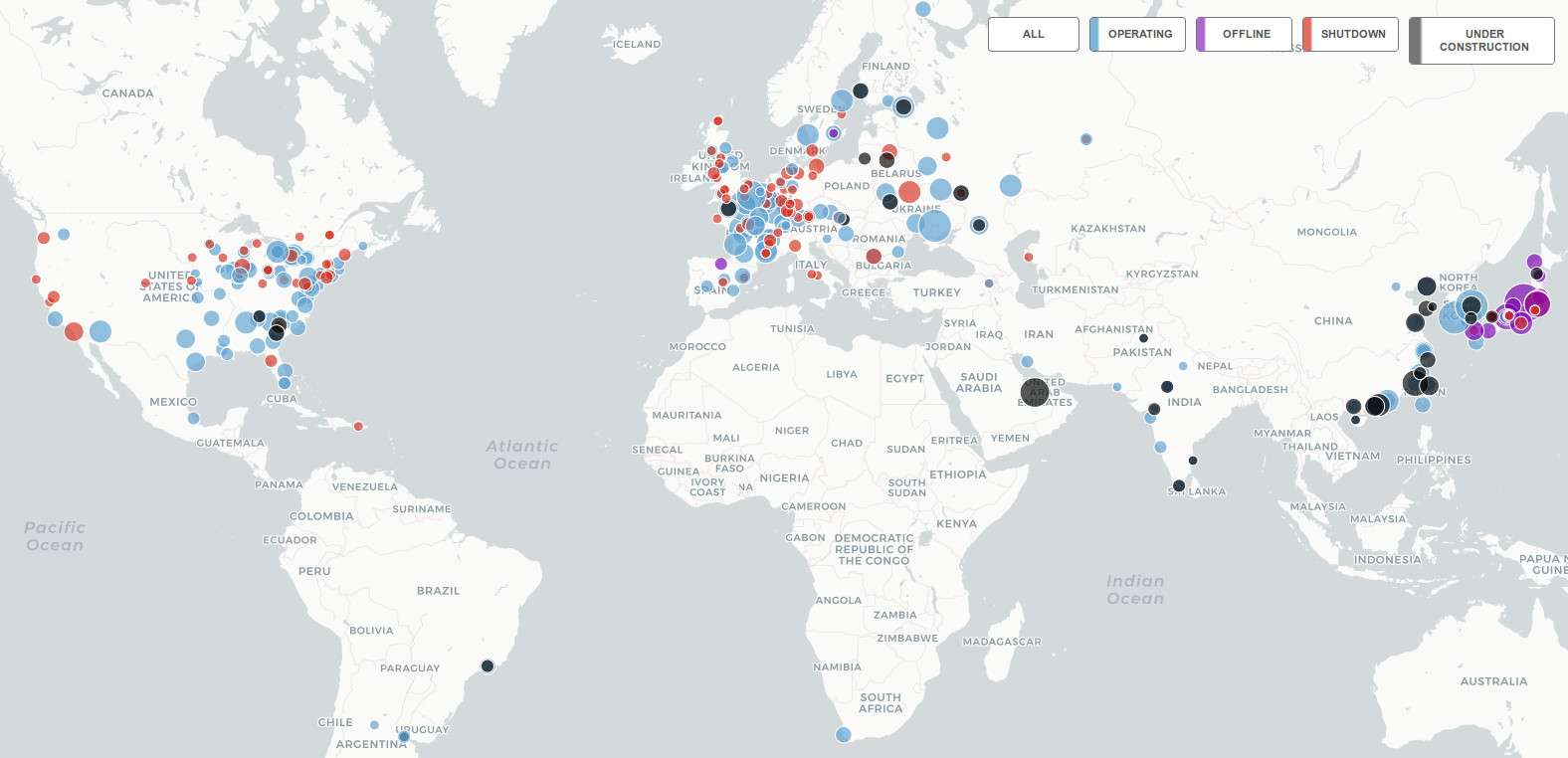
There are 416 power reactors in operation (PRIS)
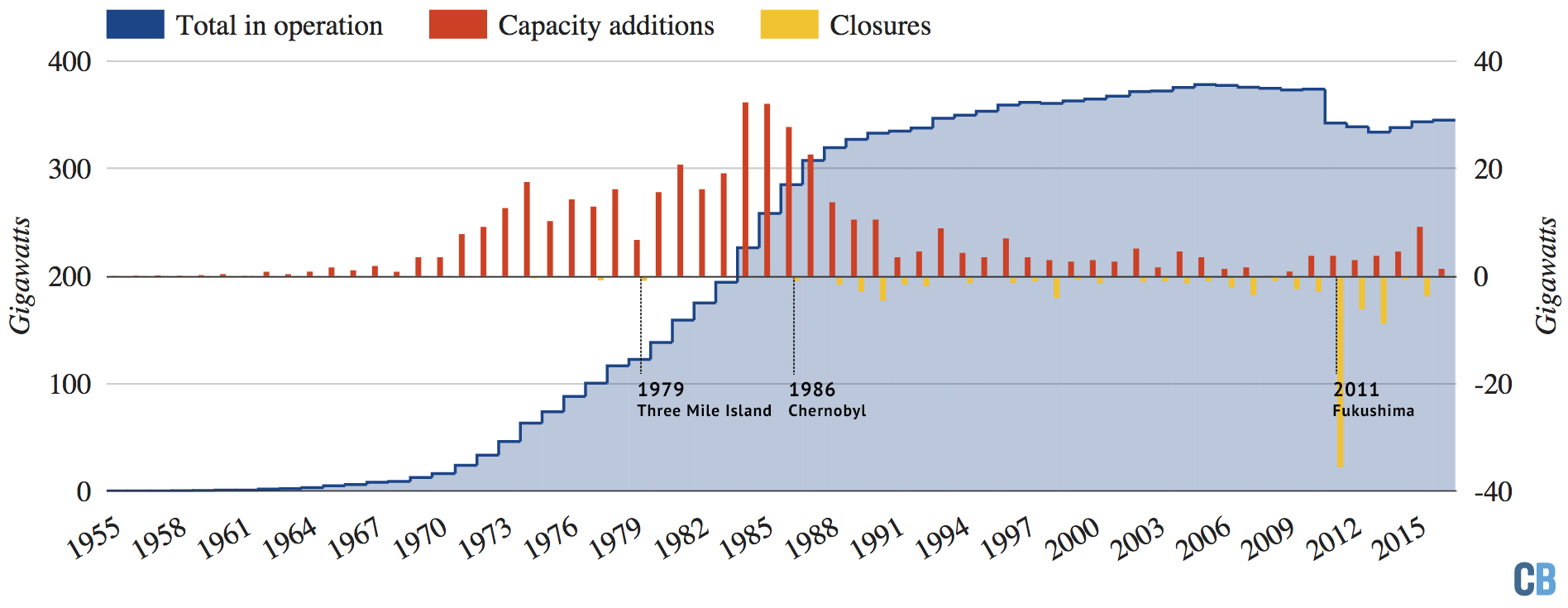
Global capacity changes (Carbon Brief)
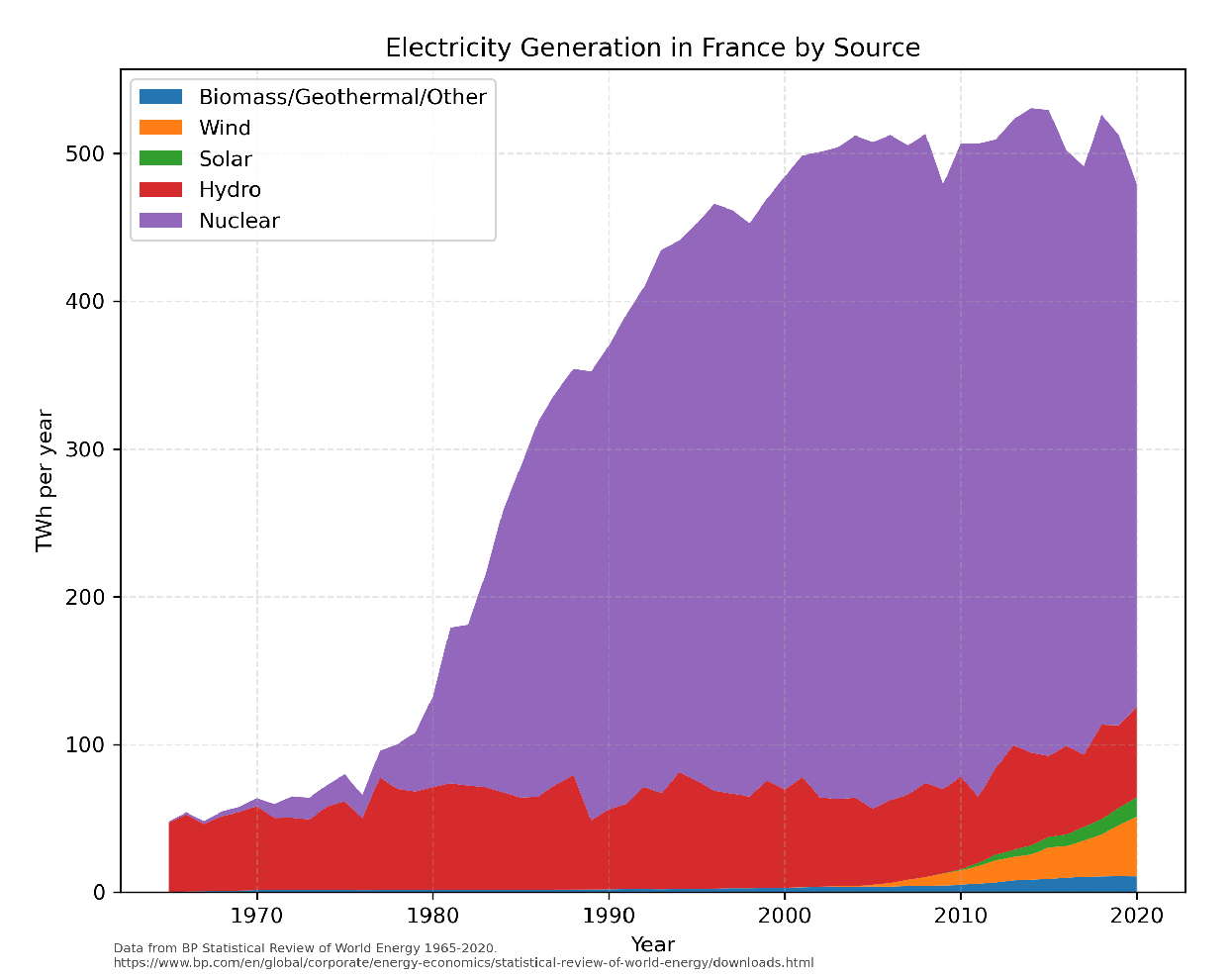
France went all-in on nuclear (@whatisnuclear)
We've gotten extremely good at running nuclear plants
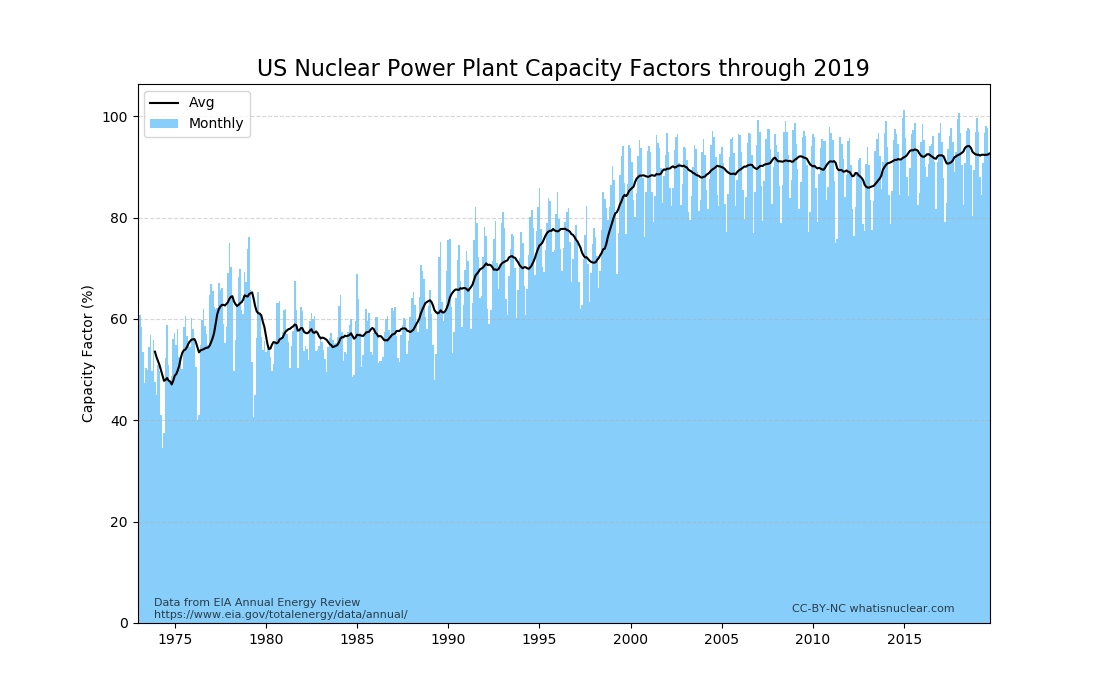
Fraction of the time the plant is running at full capacity (whatisnuclear.com)
Nuclear plants can load follow at around 40 MW per minute!
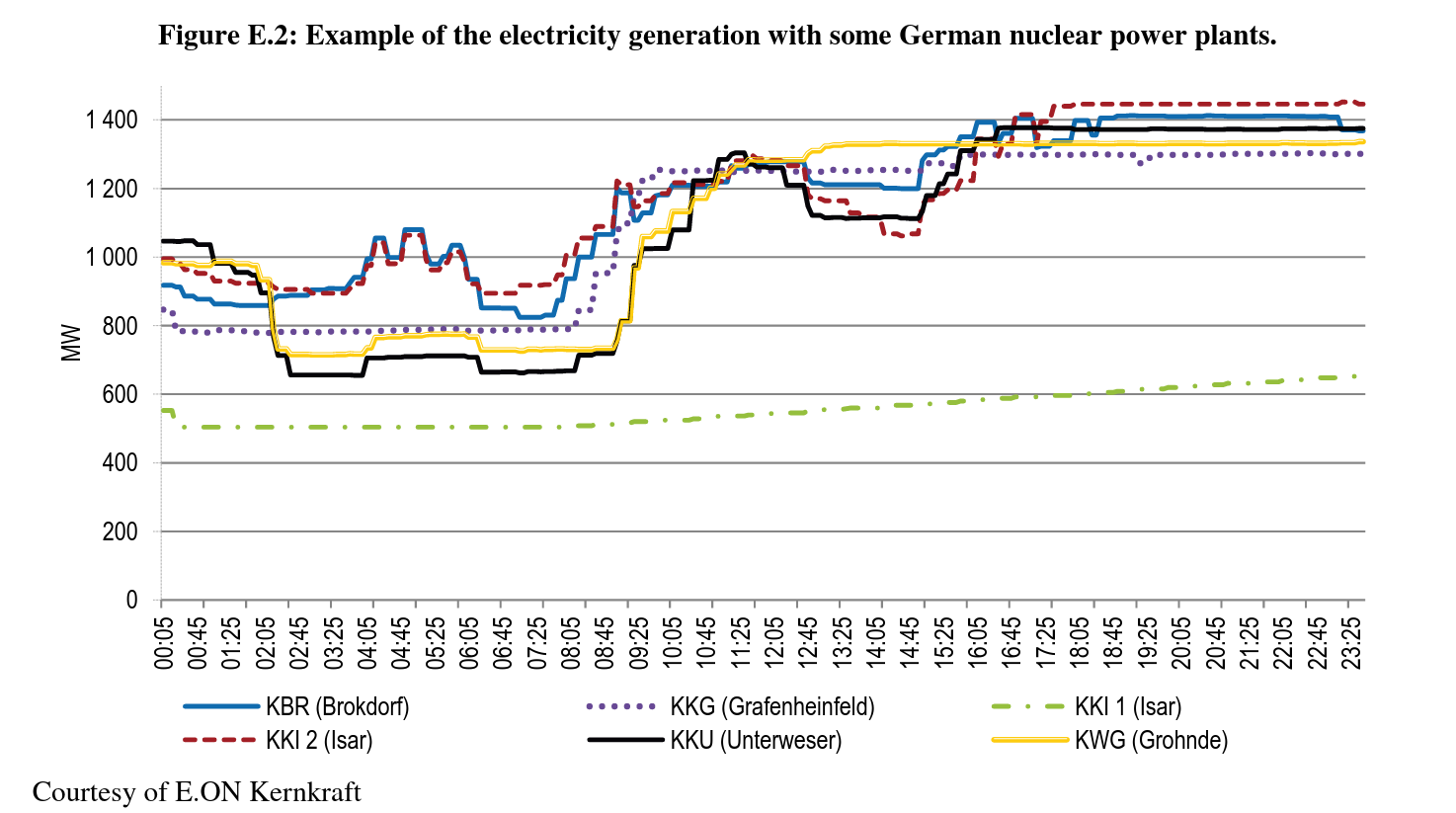
Technical and Economic Aspects of Load Following with Nuclear Power Plants (OECD-NEA)
Nuclear plants can load follow at around 40 MW per minute!

Technical and Economic Aspects of Load Following with Nuclear Power Plants (OECD-NEA)
Barakah: 4 APR-1400s in UAE
- Started with proven design
- Brought in Korean workforce
- Went from 0 to APR-1400 in 10 years
- Now offering world's first green certificates for nuclear-powered aluminum plant
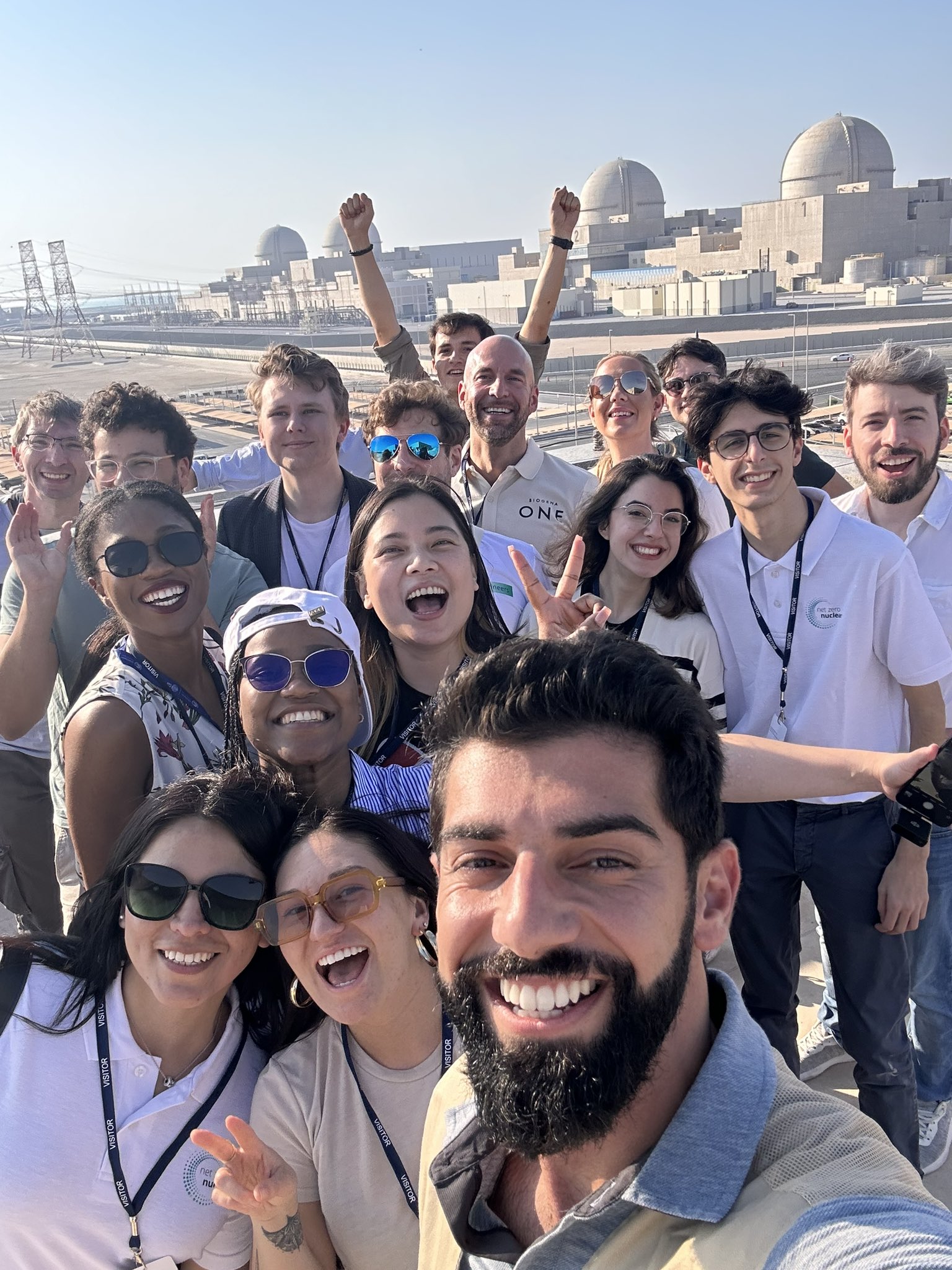
Used with permission from @AngelicaOung
Hualong One
- "China Dragon 1"
- Developed by CGN and CNNC
- 3-loop PWR
- Approved by European Utility Requirements and UK GDA
- 5 operational, 11 under construction as of Jan 2024
- ~5 years to construct
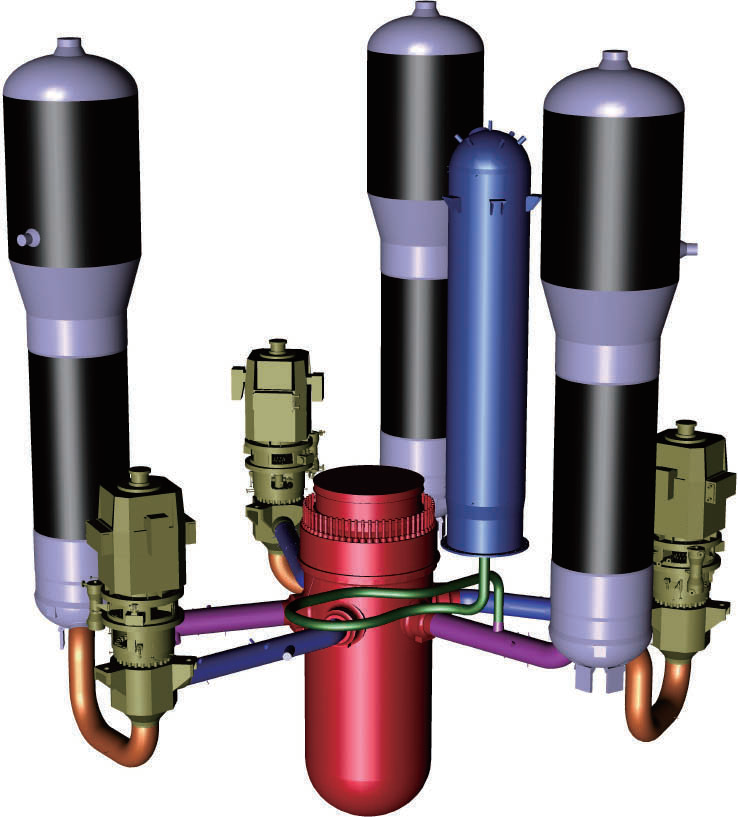
Hualong One CC-BY-4.0 Ji Xing
VVER-1200
- $1,200/kW overnight construction cost
- 54 month construction time
- 34.8% net thermal efficiency
- Being exported broadly
- Foreign projects often financed by Russian govt
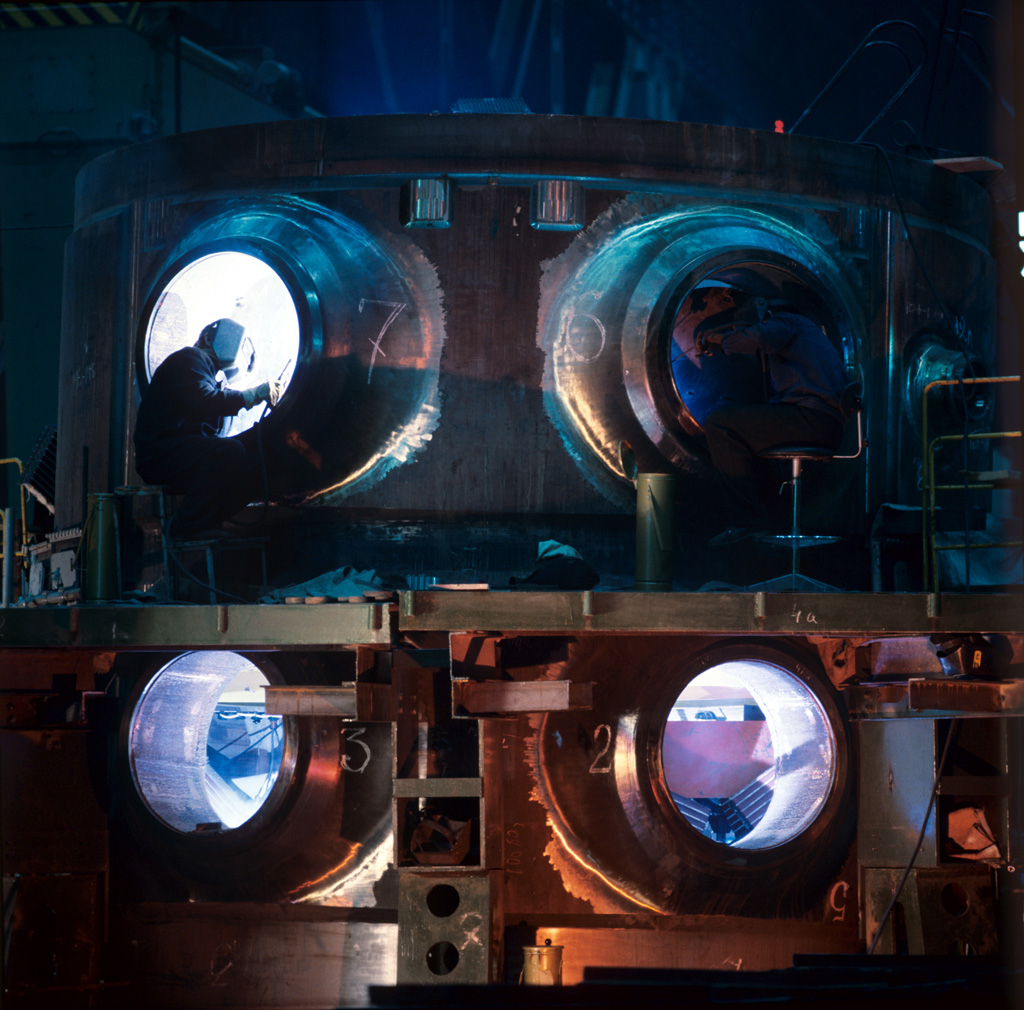
Manufacturing a VVER-1000 RIA Novosti Archive CC-BY-SA 3.0
Westinghouse AP-1000
- Up-rated from original AP-600 design for economy of scale
- Vogtle units 3 & 4 first nuclear plants to start construction in US since 1978
- Boondoggled
- Unit 3 entered commercial operation in 2023!
- Construction started in 2013
- Related VC Summer project cancelled, riddled in scandal
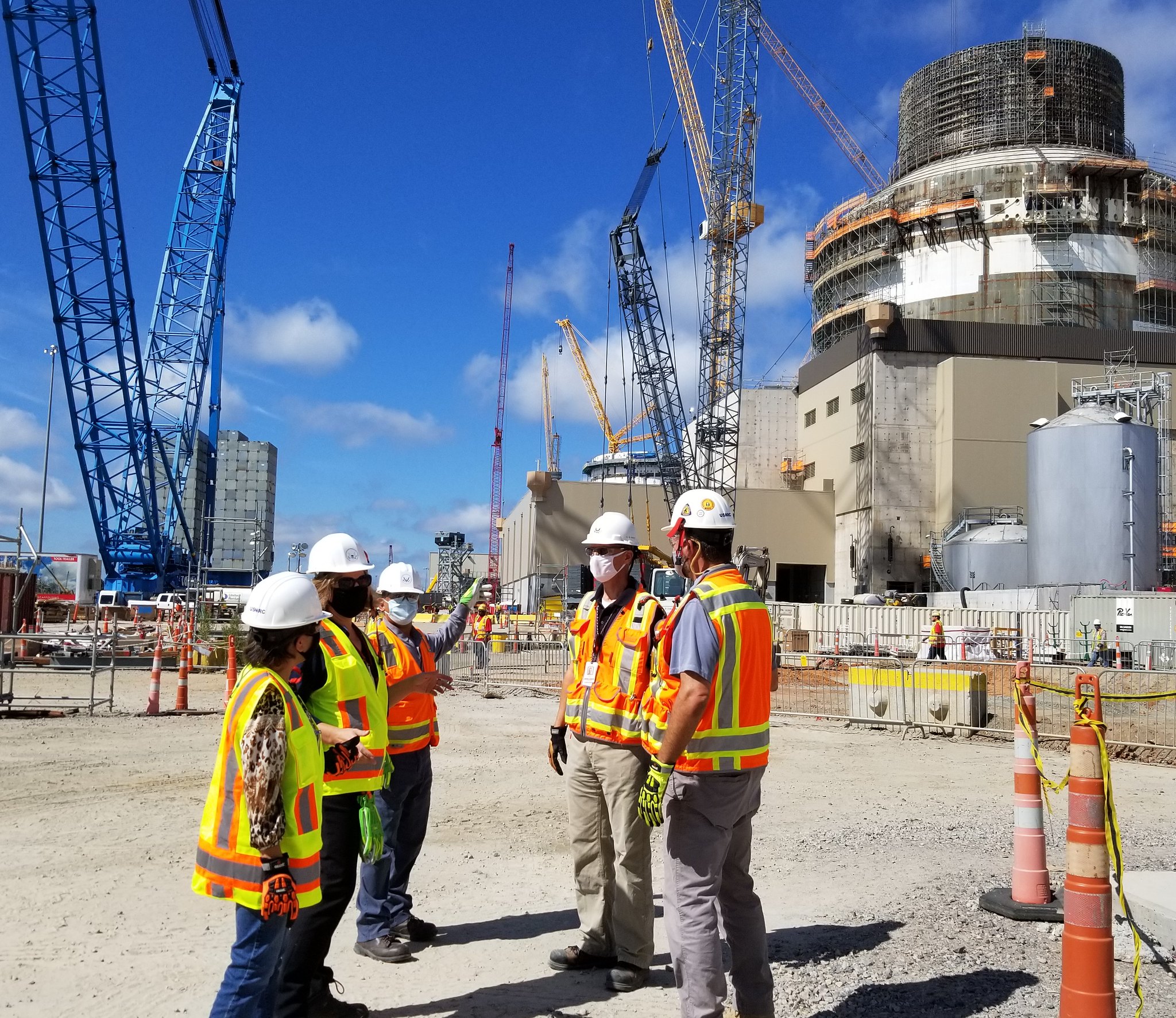
Vogtle Unit 3 (NRC)
BENEFITS
of nuclear energy

Nuclear energy is low carbon
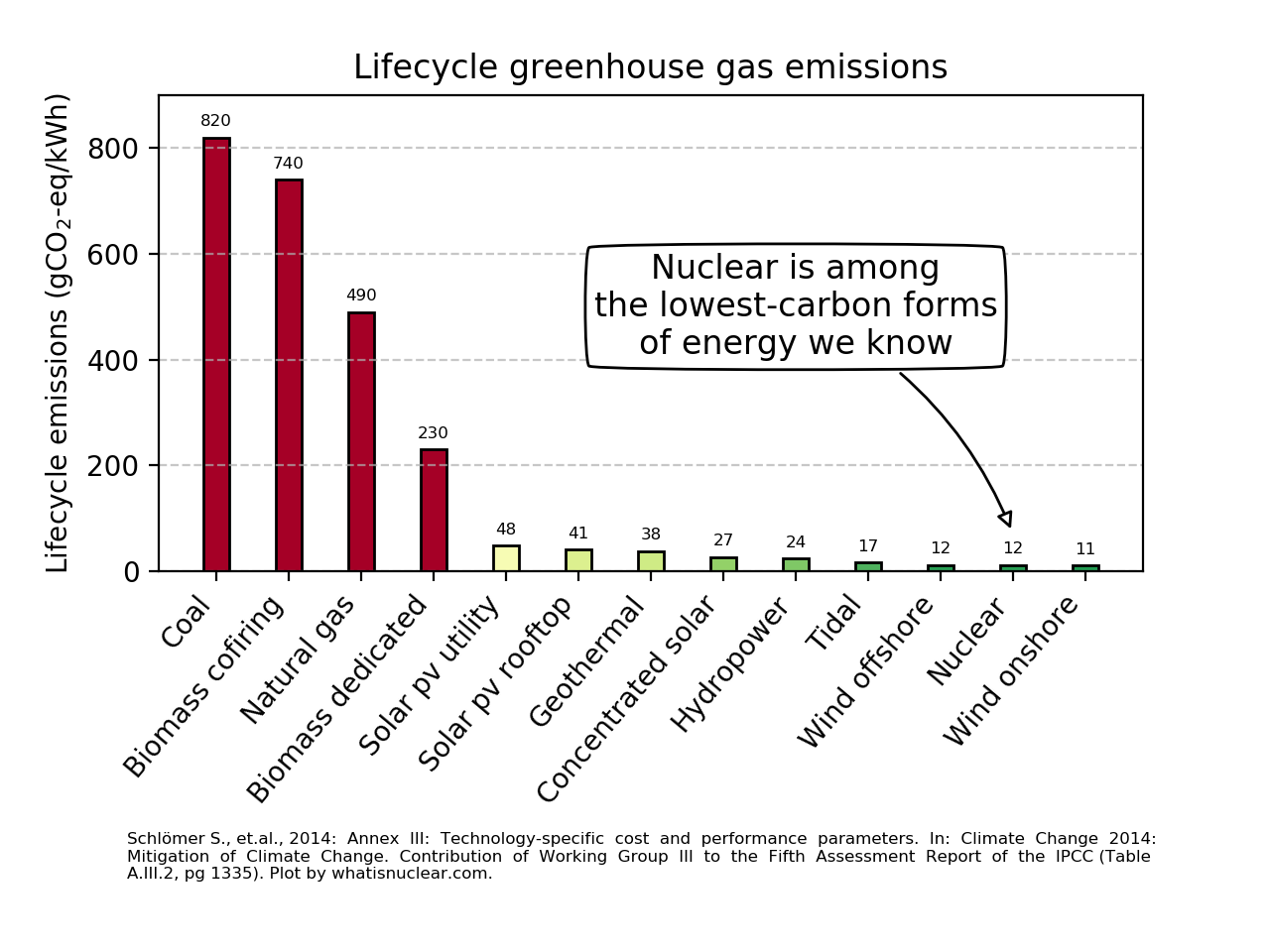
Nuclear energy is available 24/7/365
It is independent of weather or season
Nuclear energy saves lives when it replaces combustion sources
Nuclear energy doesn't require much land

Nuclear energy doesn't require many critical minerals
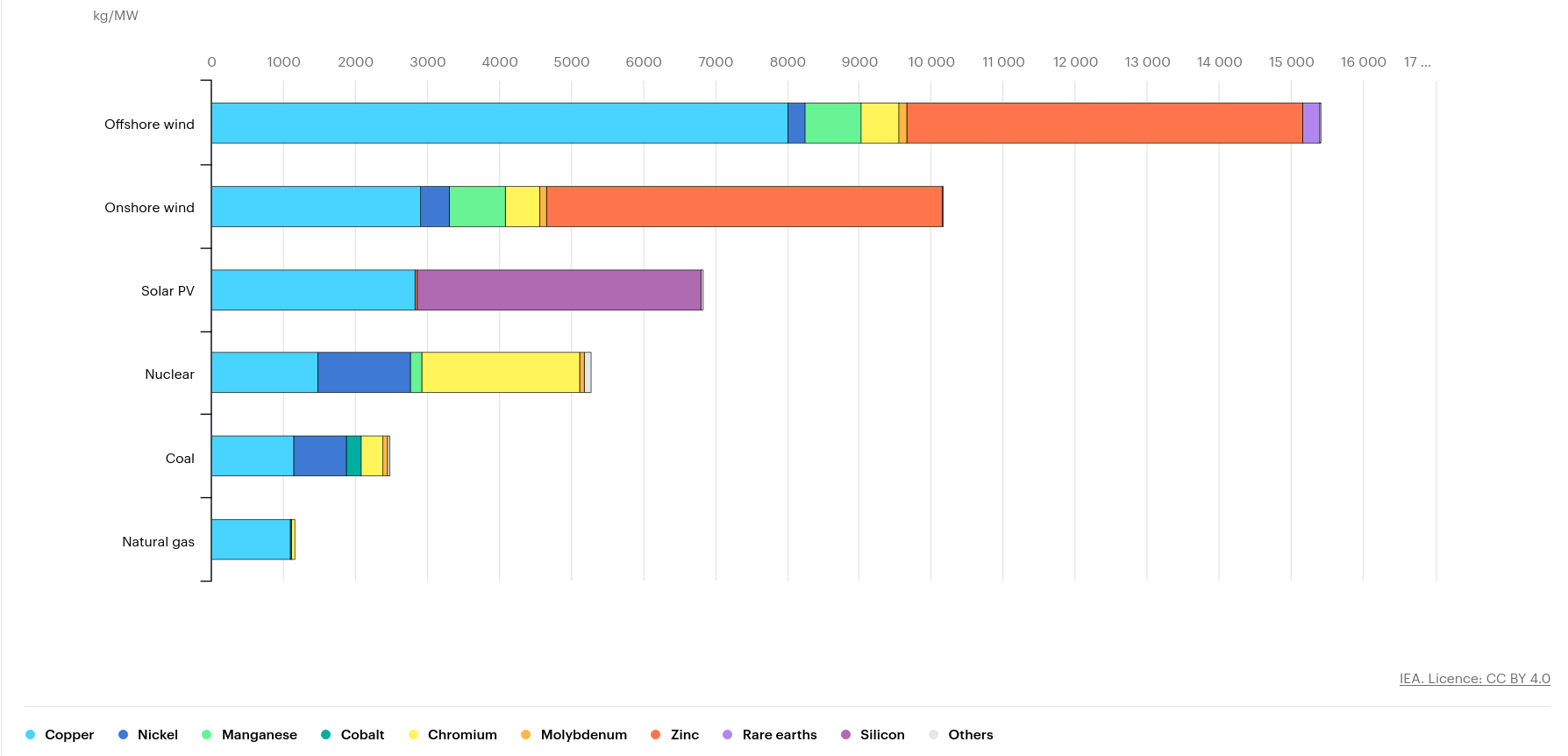
Nuclear energy manages its waste carefully
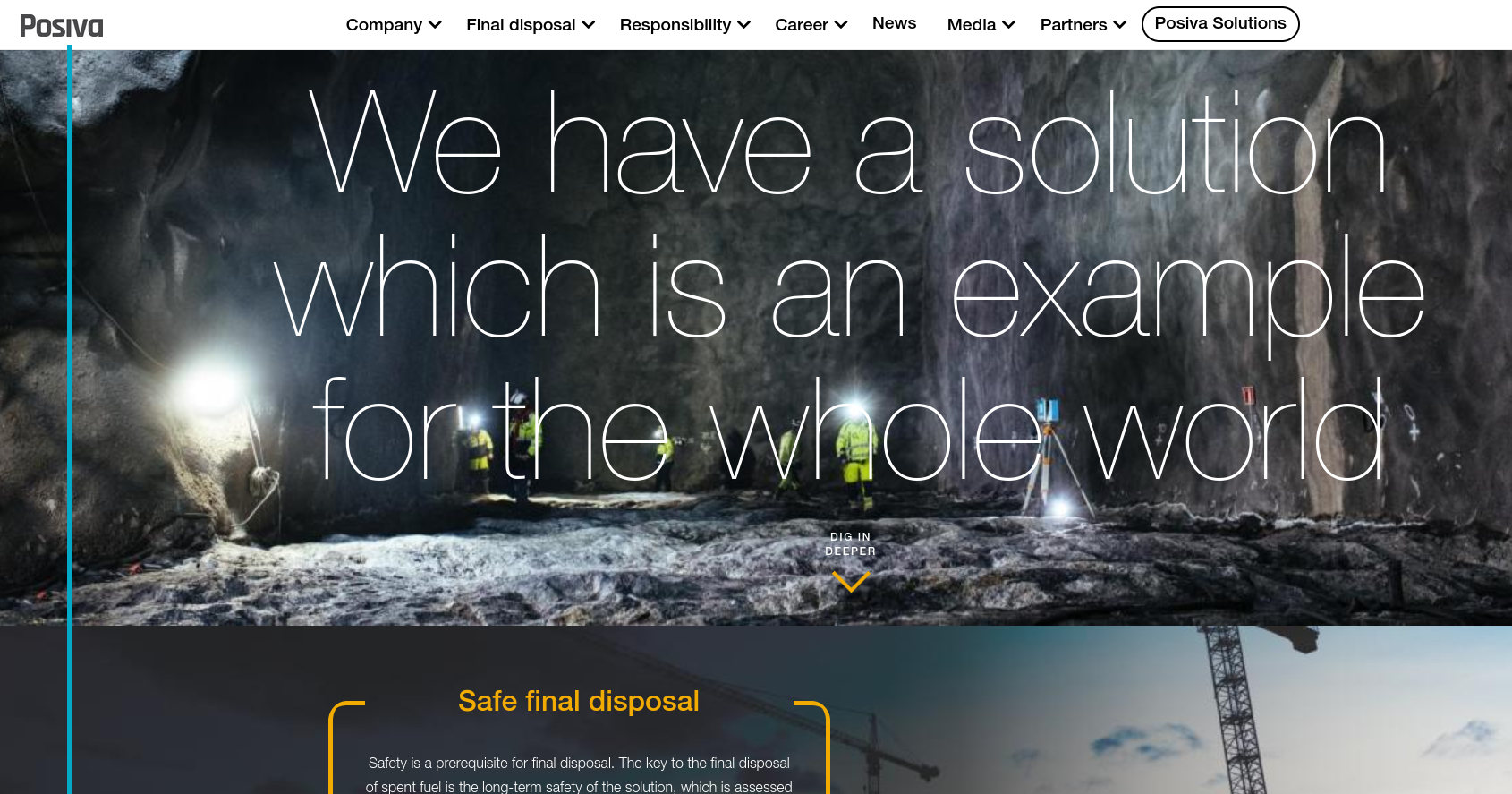
Finland's Onkalo repository (Posiva)
NUCLEAR PROPELLED SHIPPING

Nuclear-powered merchant ships can decarbonize the shipping sector

The NS Savannah in SF

The NS Savannah at the Seattle World's Fair (1962)
Impact of fossil-fueled shipping
- 100,000 vessels consume 300,000,000 tonnes of fossil fuel
- 3% of global CO₂ emissions
- 70% of this is from international shipping
- IMO GHG strategy: net-zero well-to-wake by 2050

Green Shipping ( 2023 IMO GHG Strategy )
Ocean-faring nuclear-powered tugs
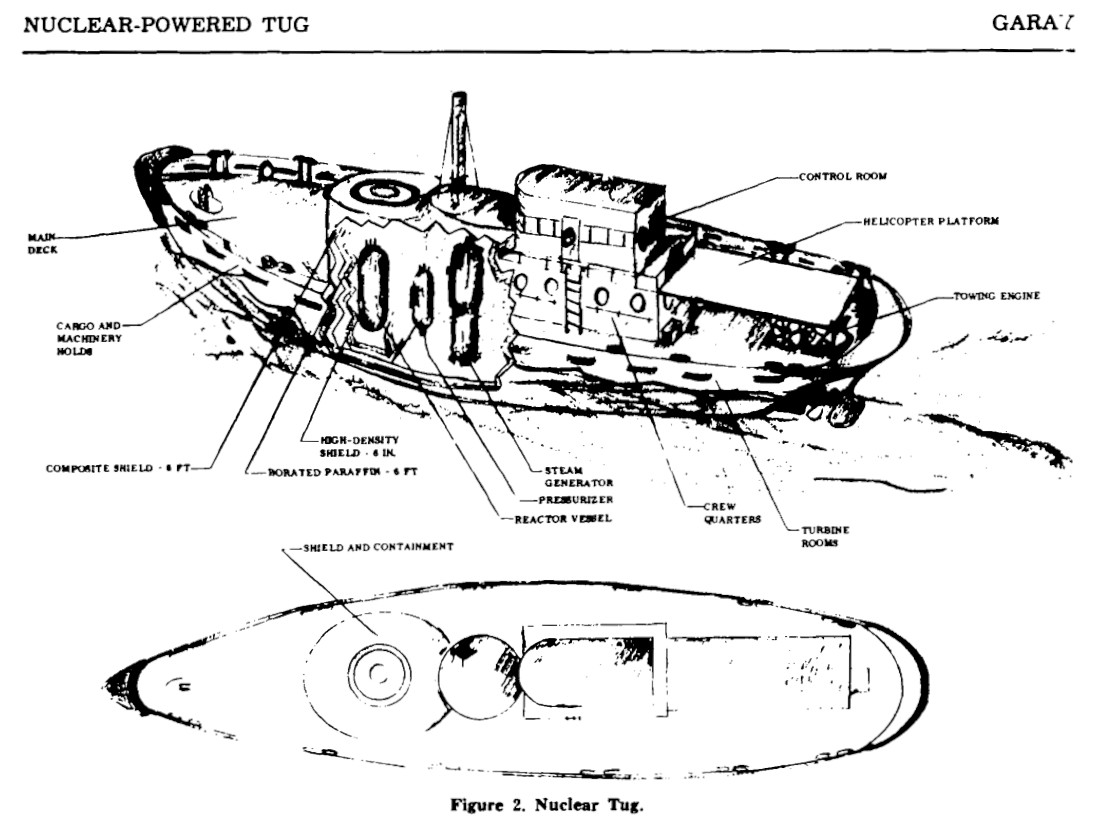
A nuclear-powered tug (Garay, 1963)
International Symposium on the Deployment of Floating Nuclear Power Plants - Benefits and Challenges
- Held 14-15 November 2023 in Vienna, Austria
- Slides and recorded presentations at https://www.iaea.org/events/fnpp-2023
- Significant interest and participations

IAEA Director General Grossi giving opening remarks at the IAEA symposium on FNPPs (2023, Photo: D. Calma/IAEA)
Legal and policy outcomes
- Are FNPPs legal?
- Which regulations apply?
- Which regulations and treaties need updating?
- Harmonization efforts even more important from FNPP perspective
OFFSHORE NUCLEAR POWER

There are ~175 operating nuclear reactors at sea today
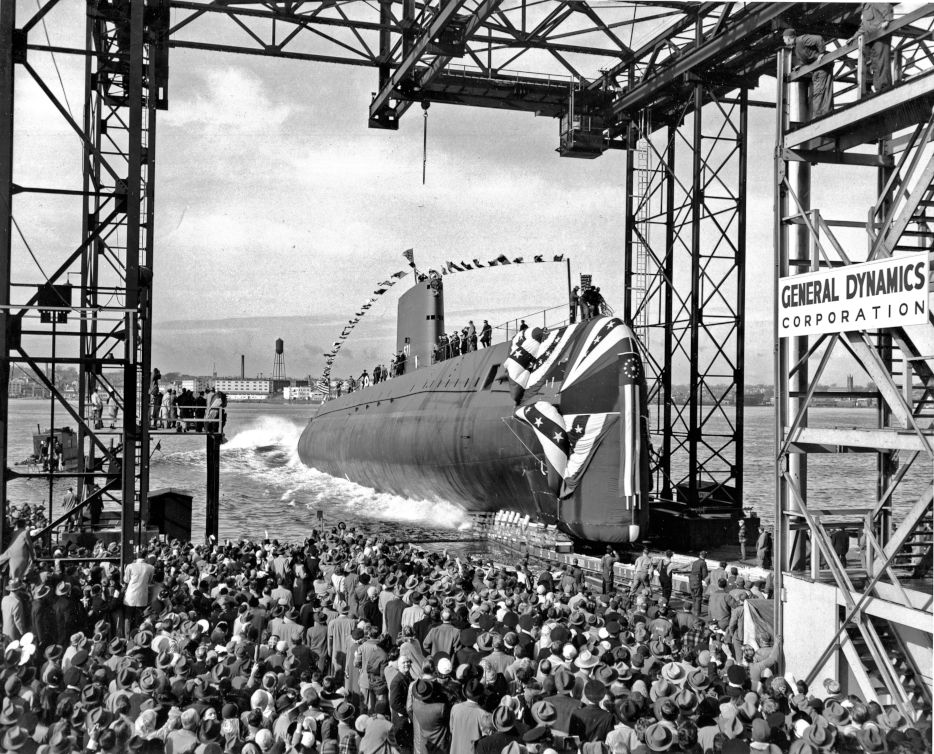
Launch of the USS Nautilus
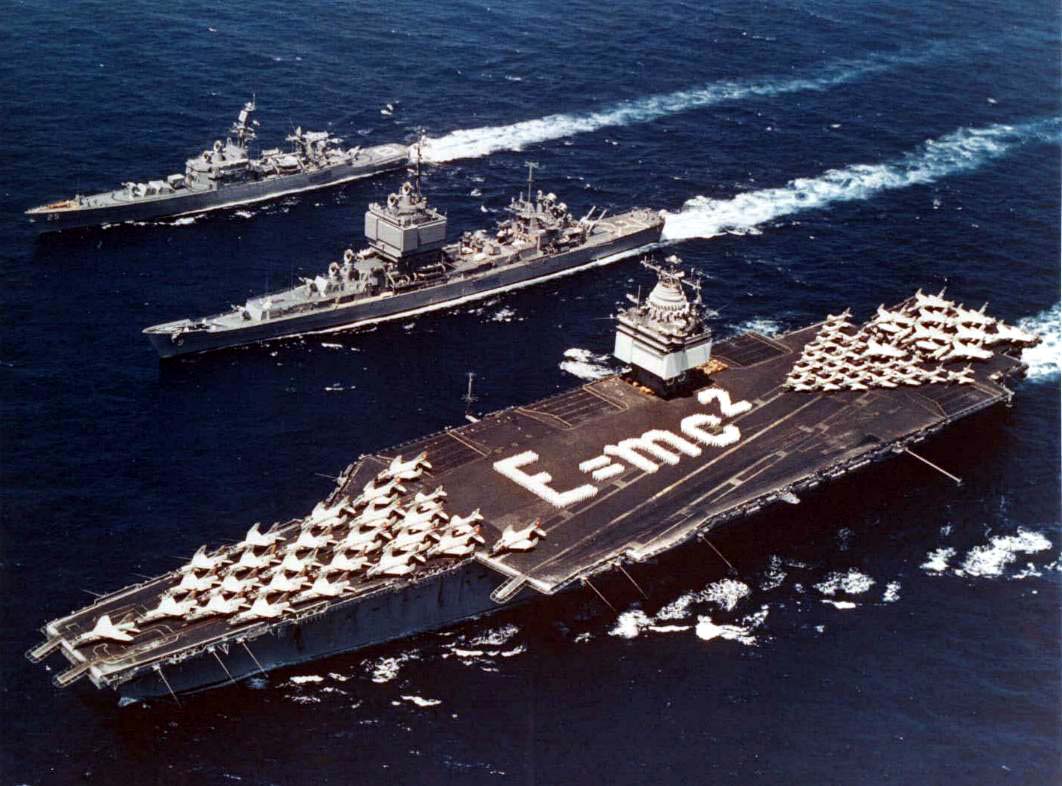
Operation Sea Orbit
Floating Fossil-Fueled Power Plants exist

Karadeniz Powership Rauf Bey (Karadenizsosyal)
We've built Floating Nuclear Plants before
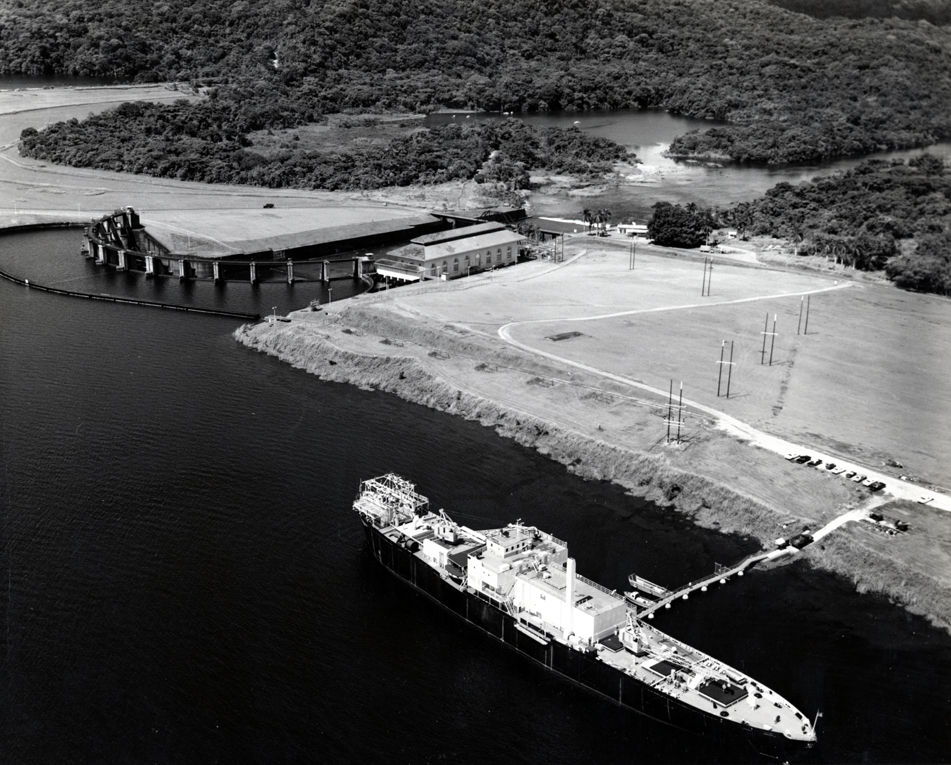
MH-1A Sturgis powering a part of the Panama Canal (Army Photo)
Many advantages of being offshore
- Good connection to cooling water
- Many sites available
- Minimal earthquake accelerations
- Few people in exclusion zone
- Can move if market changes
- Can move to refuel
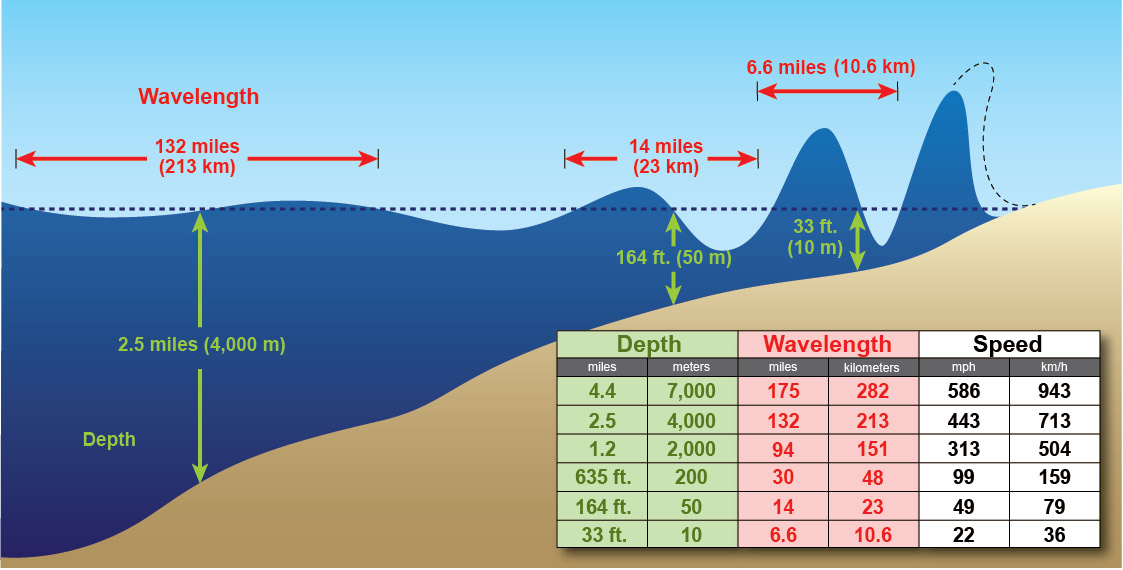
Tsunamis in deep water have long wavelengths (weather.gov)
Shipyard construction techniques can reduce costs and improve schedule
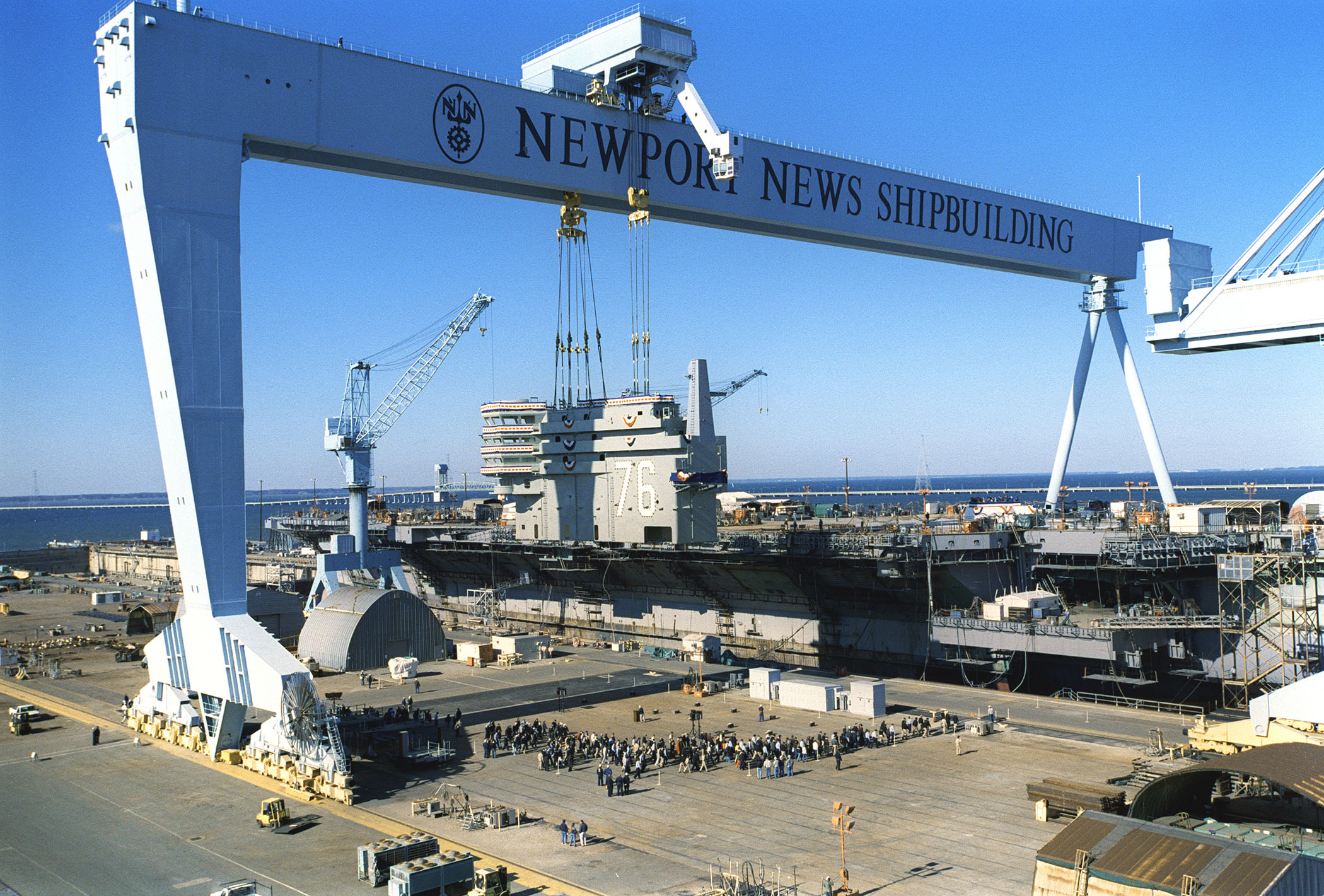
Island being lifted into place on CVN-76 at Newport News (Navy Photo)
Of course there are disadvantages too
- More expensive operators
- Mooring system
- Subsea cabling
- Ship collisions
- Attack from water
- Pre-emplacement of sabotage at shipyards
- Storms
- Piracy
- Complex ecosystem
- Ocean radionuclide transport
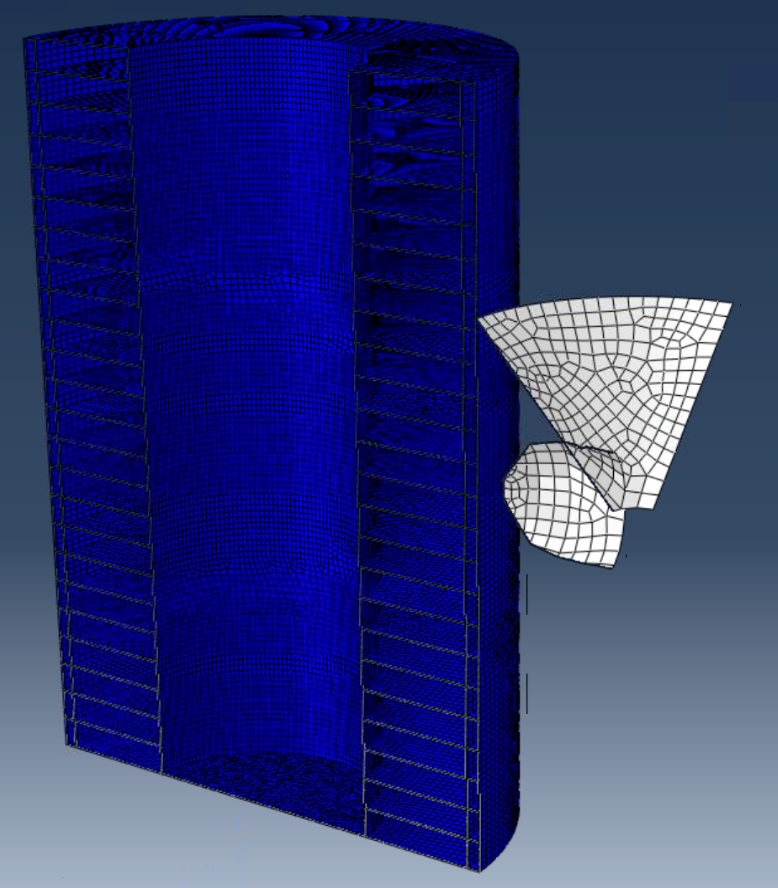
Ship collision simulation (Genzman 2014)
How practical is this? The story of Offshore Power Systems
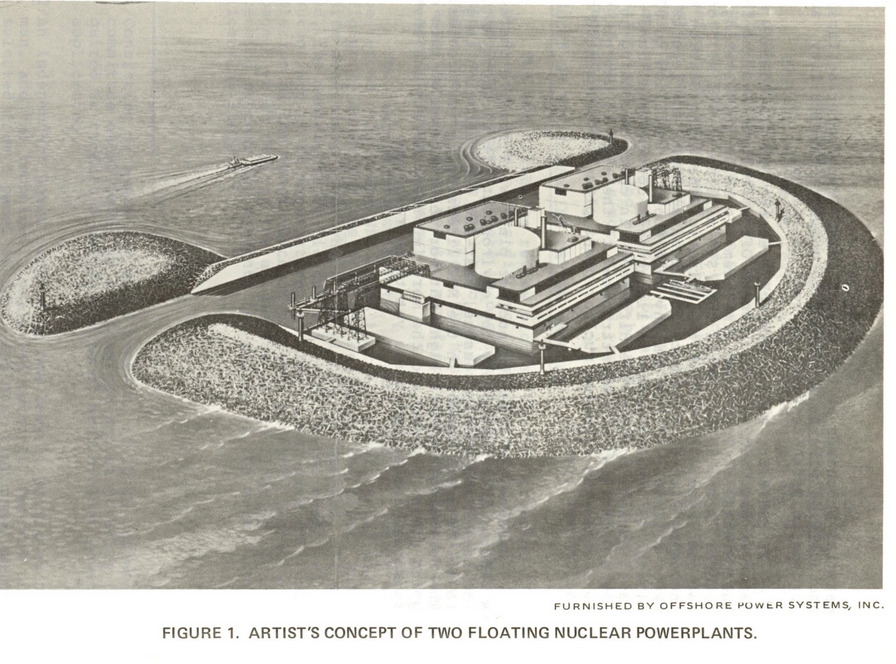
OPS beginnings
- In 1969, New Jersey’s PSE&G was struggling to find sites to build power plants for increasing demand, largely driven by oil refineries
- Richard Eckert proposed gigawatt-scale offshore nuclear plants on barges
- In 1972, a joint venture between Westinghouse and Artist’s concept of two OPS plants (OPS Tenneco (Newport News) was formed
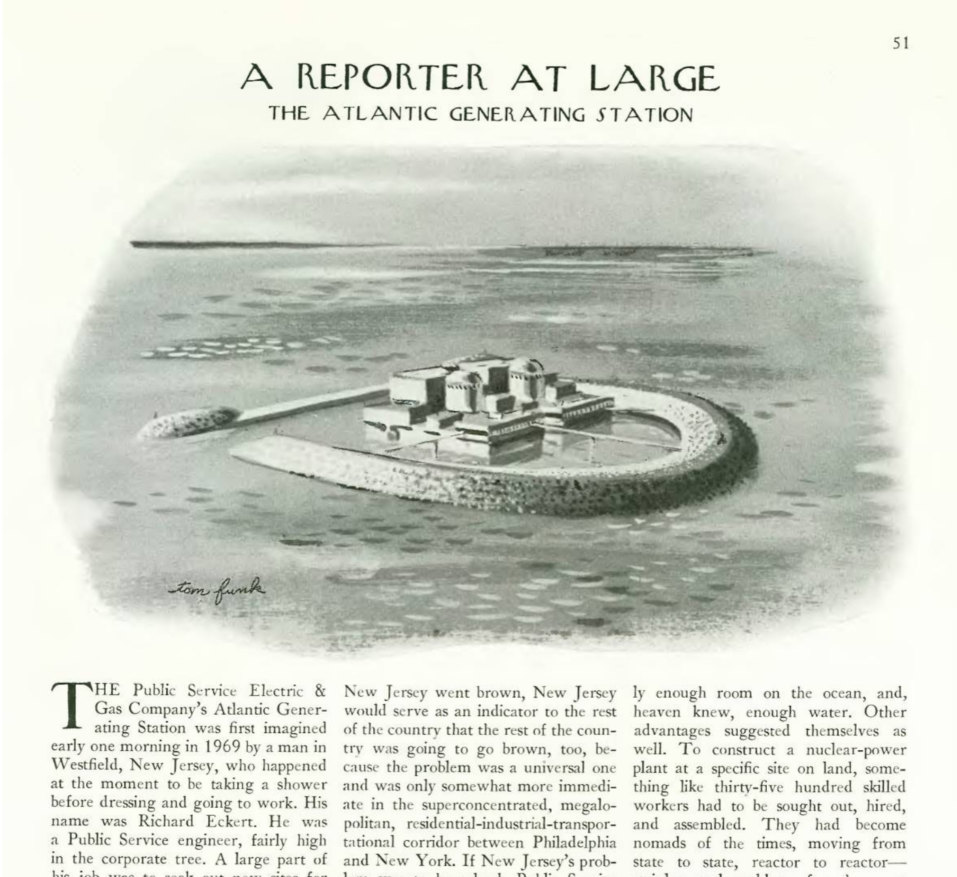
A May 12, 1975 New Yorker article about OPS
The OPS manufacturing facility was sized to make 4 reactors per year
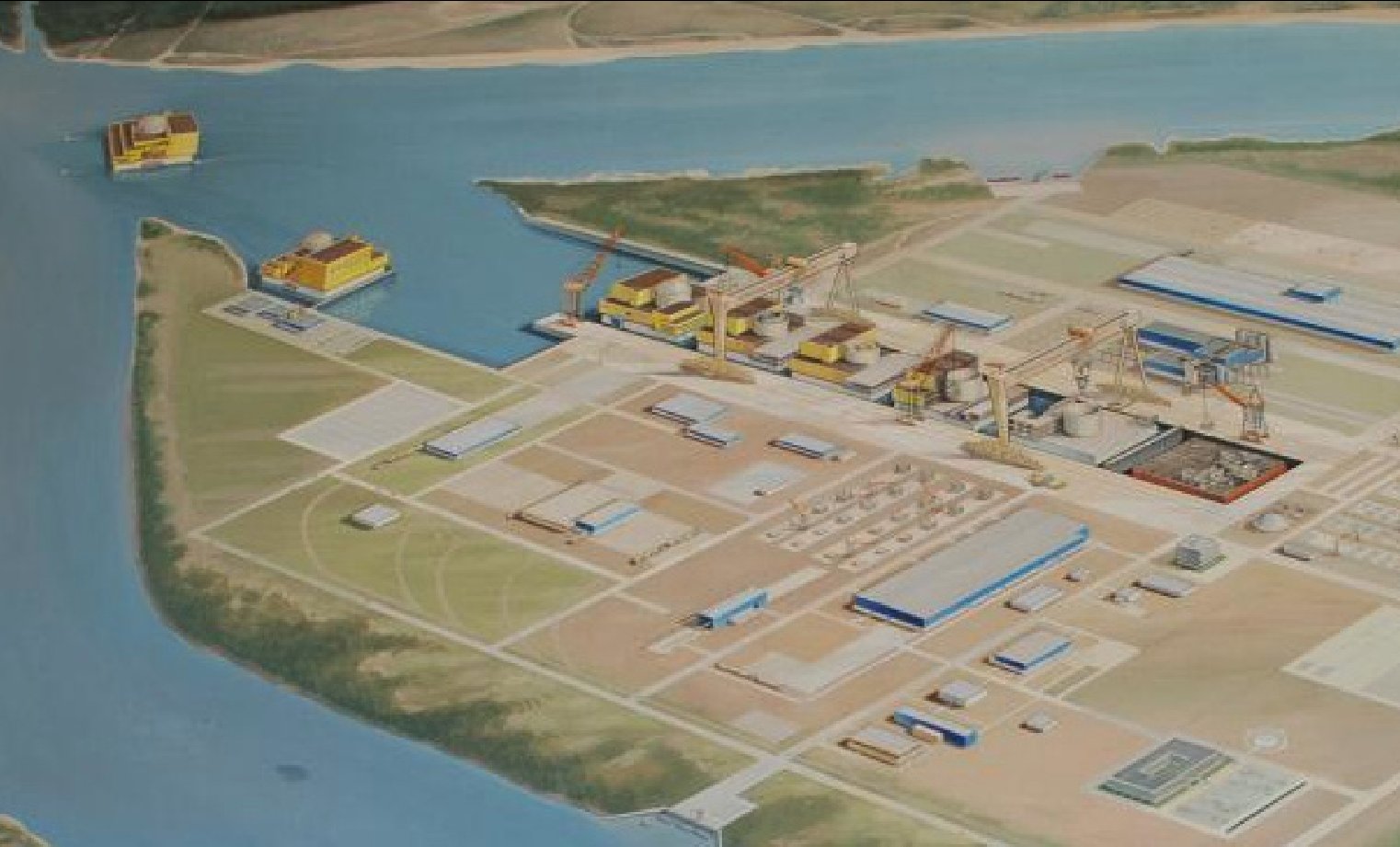
Construction steps
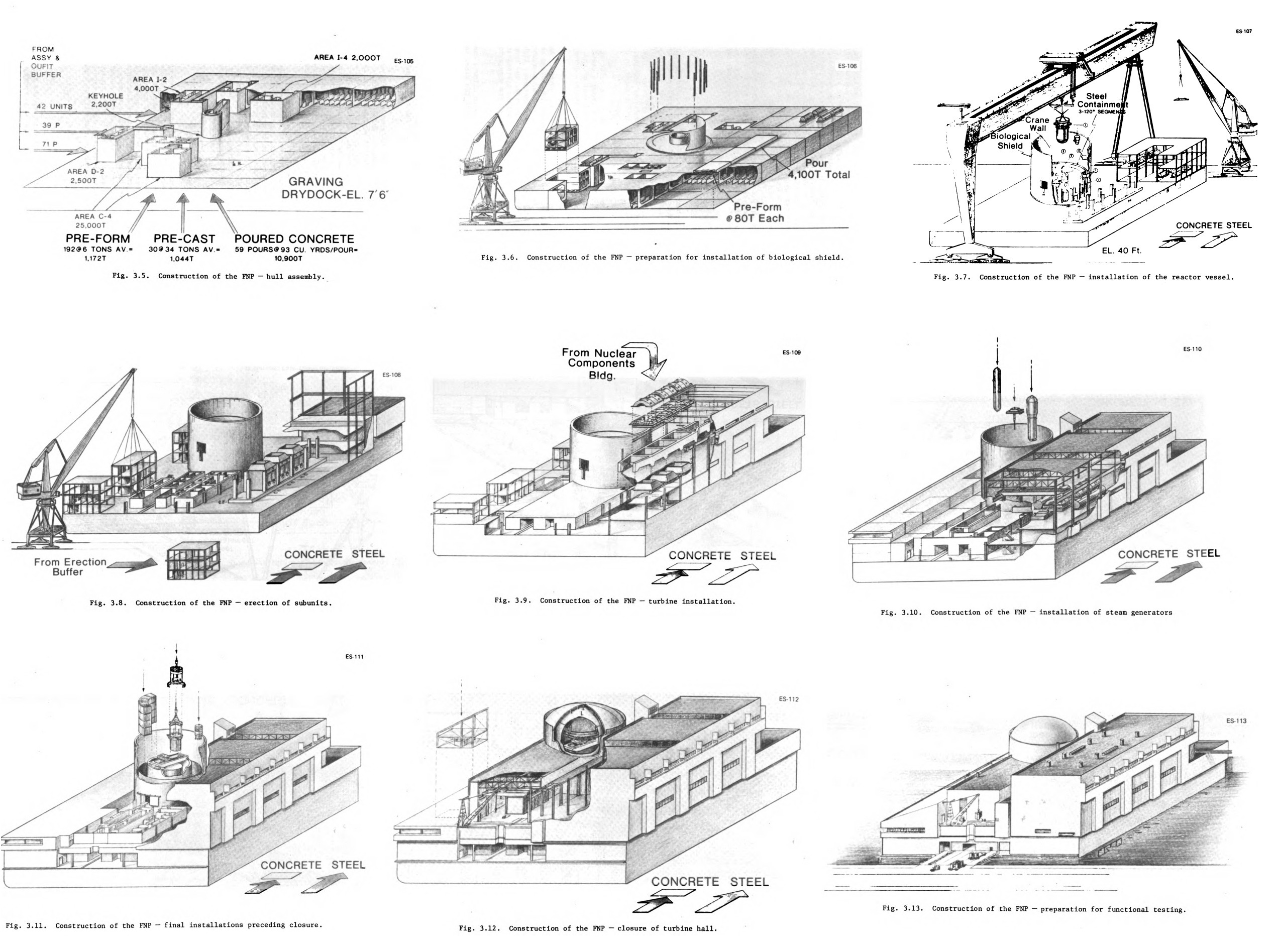
Construction steps of large modular reactors built at a shipyard (OPS Draft EIS July 1974)
Siting options
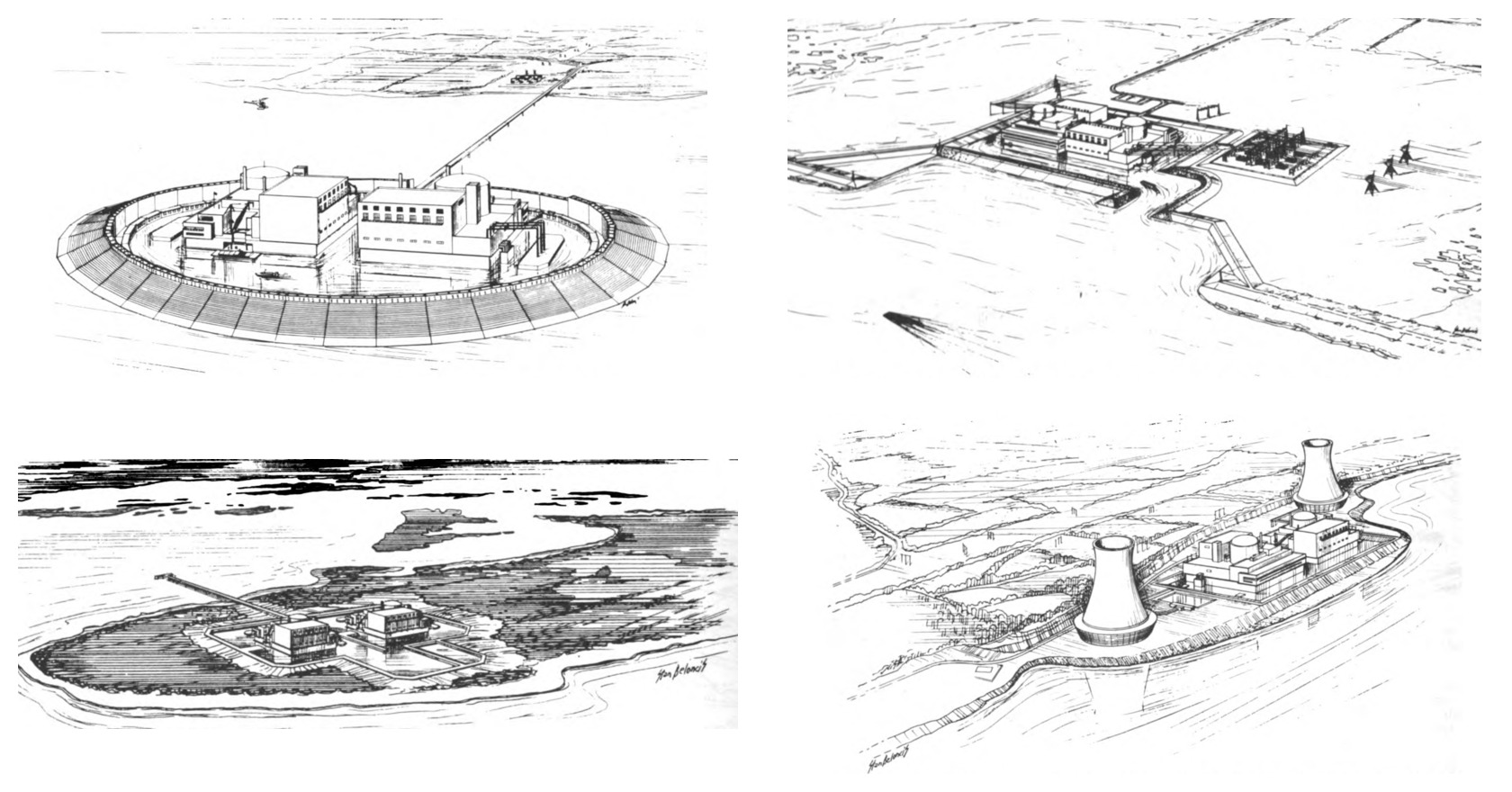
Siting options for shipyard-constructed OPS reactors (from NUREG-0056, 1978)
The OPS reactor design was completed in detail
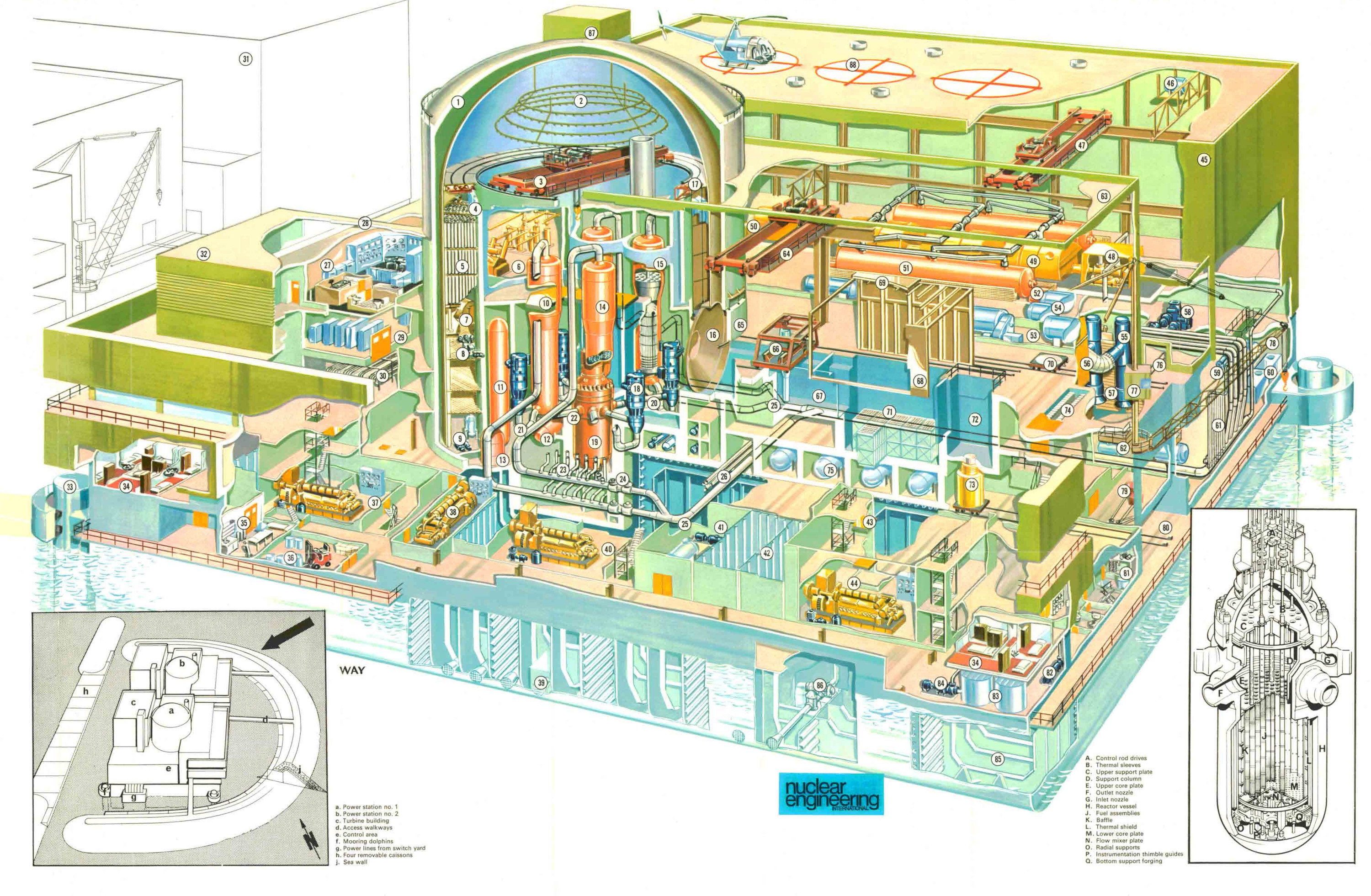
The manufacturing facility was partially constructed
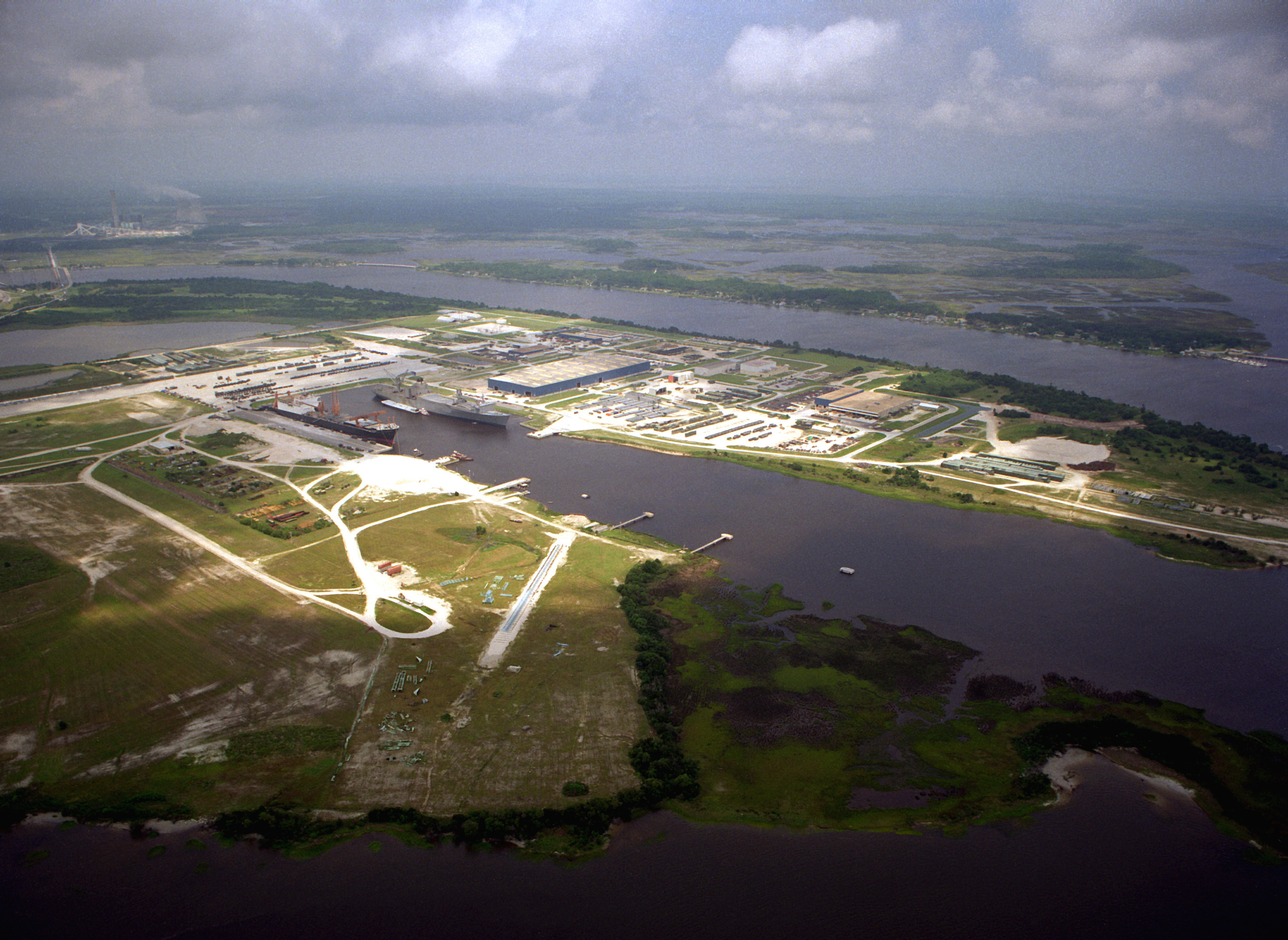
Remnants of OPS on Blount Island in Jacksonville, Fl (DoD Photo)
The NRC granted a license to build the first 8 reactors
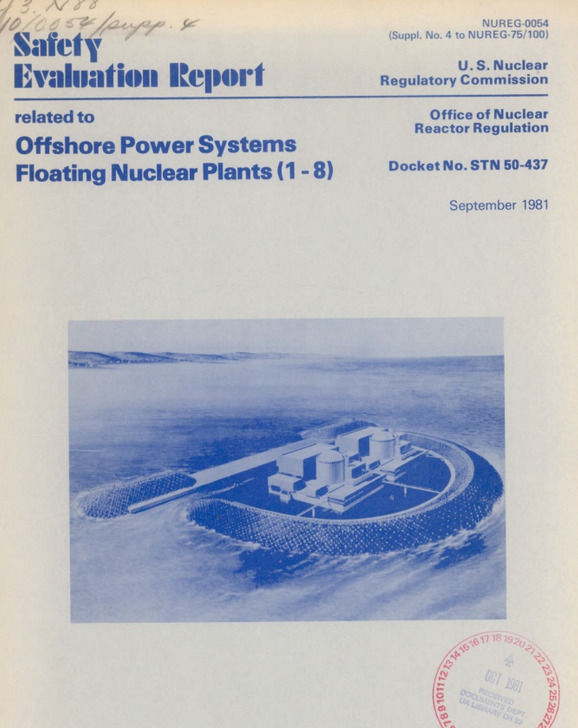
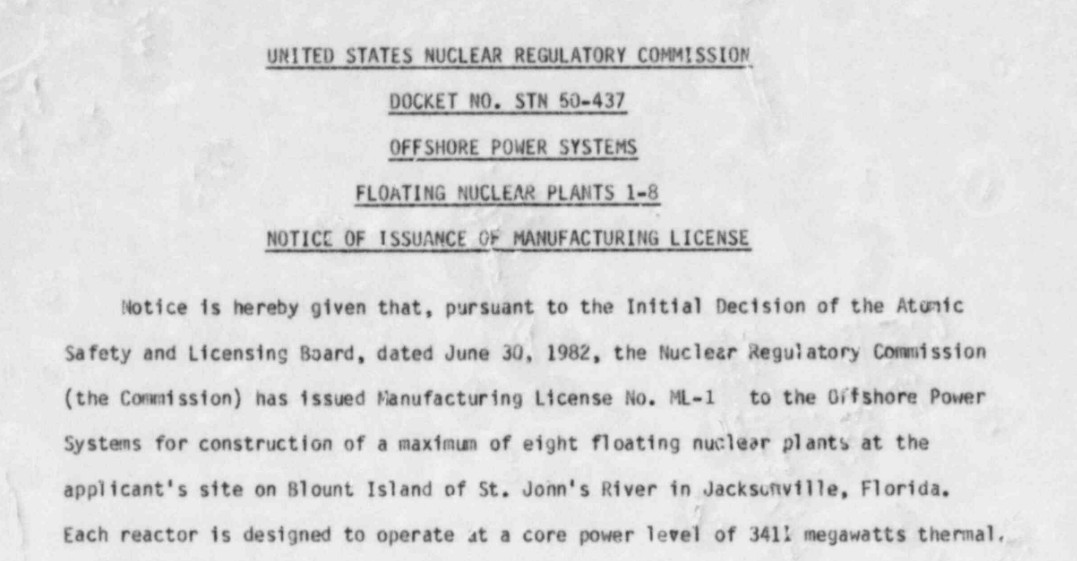
Manufacturing license granted on December 17, 1982
So what happened?
- Plenty of controversy and delays
- Licensing freeze in 1979 due to TMI
- Plant orders cancelled due to lack of demand in NJ
- Core catcher made of MgO added to design in 1980
- No sales, company eventually shut down in 1984
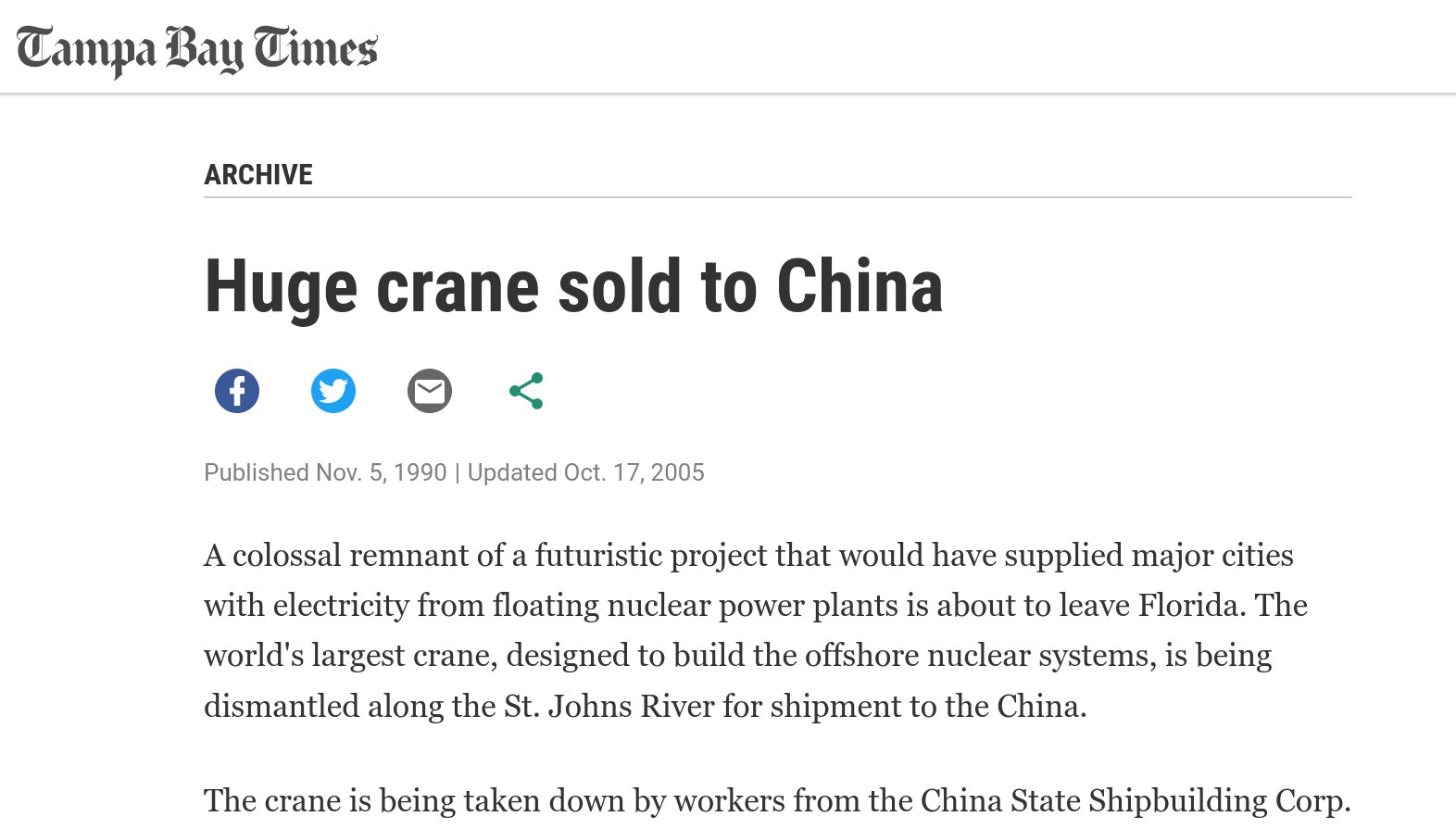
Tampa Bay Times article from Nov, 1990
Looking forward
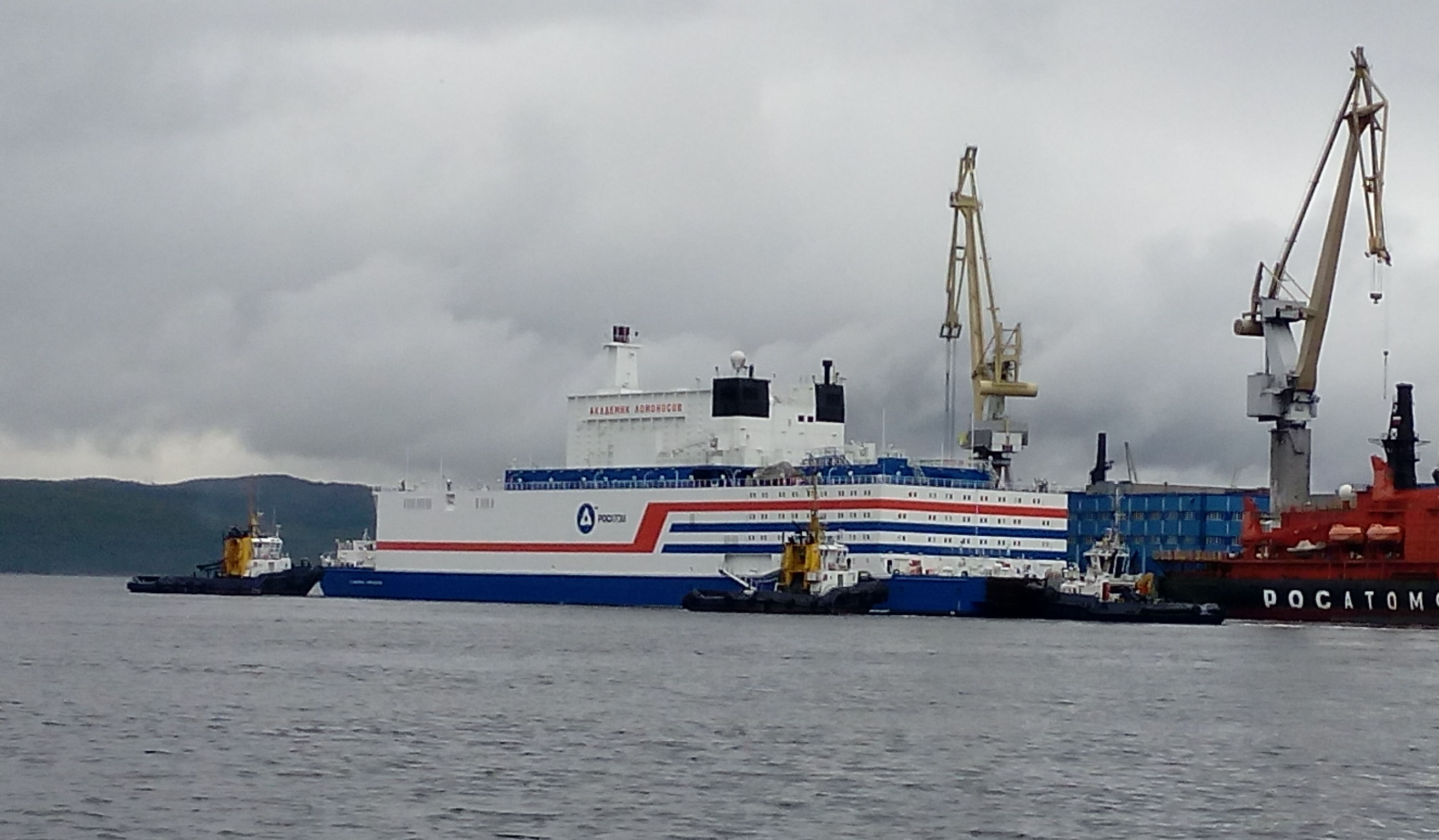
Akademik Lomonosov is a currently-operating FNPP (Elena Dider)
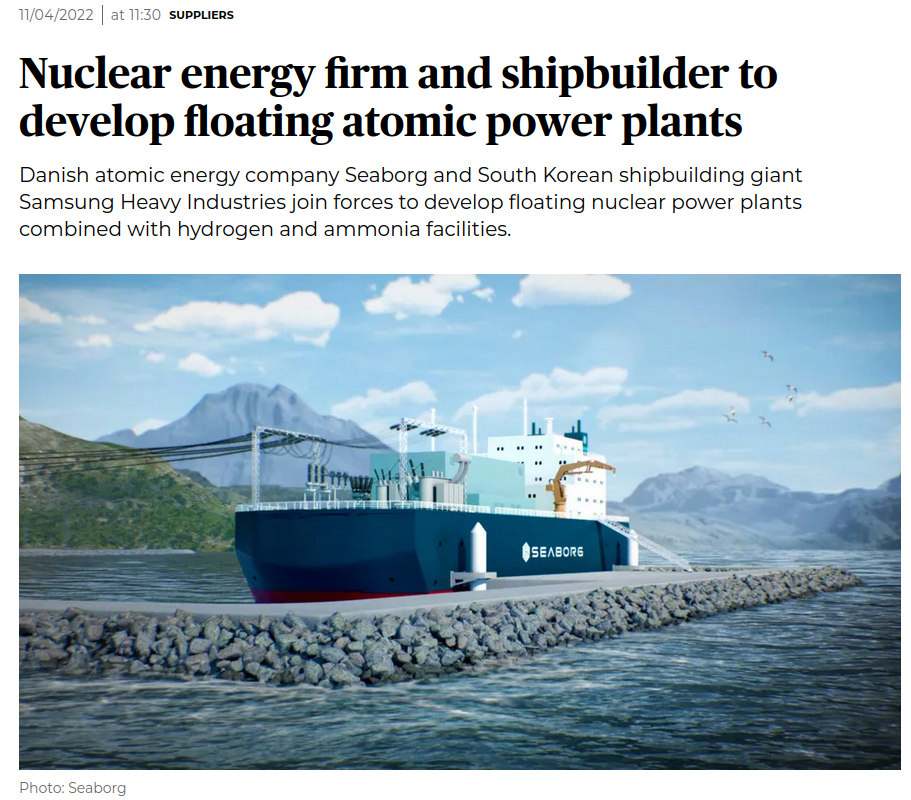
A number of companies have announced FNPP projects (Shippingwatch.com)
Conclusions
- We have a lot of work to do on decarbonizing
- Nuclear power is a proven way to decarbonize at scale
- We can decarbonize faster by offshoring nuclear plants
- Doing so decreases cost and timelines, while improving safety
- This idea has withstood vast technical and regulatory scrutiny already
- People are working on doing it again
MOHAI, Seattle Post-Intelligencer Collection, 1986.5.14093.1
OFFSHORE BACKUPS

"My first reactions were 'What a hell of a place to put a plant! Can't they think of a better place than the ocean? Why put a nuclear plant in such a hostile environment?' But after I got into it I changed my mind. We all did. And everyone in my group here is a professional environmentalist — not a cocktail environmentalist, self-appointed. Regulations are nebulous for this site and this concept. The work we do will help establish regulations for future floating plants."
Cost Reductions in a Shipyard
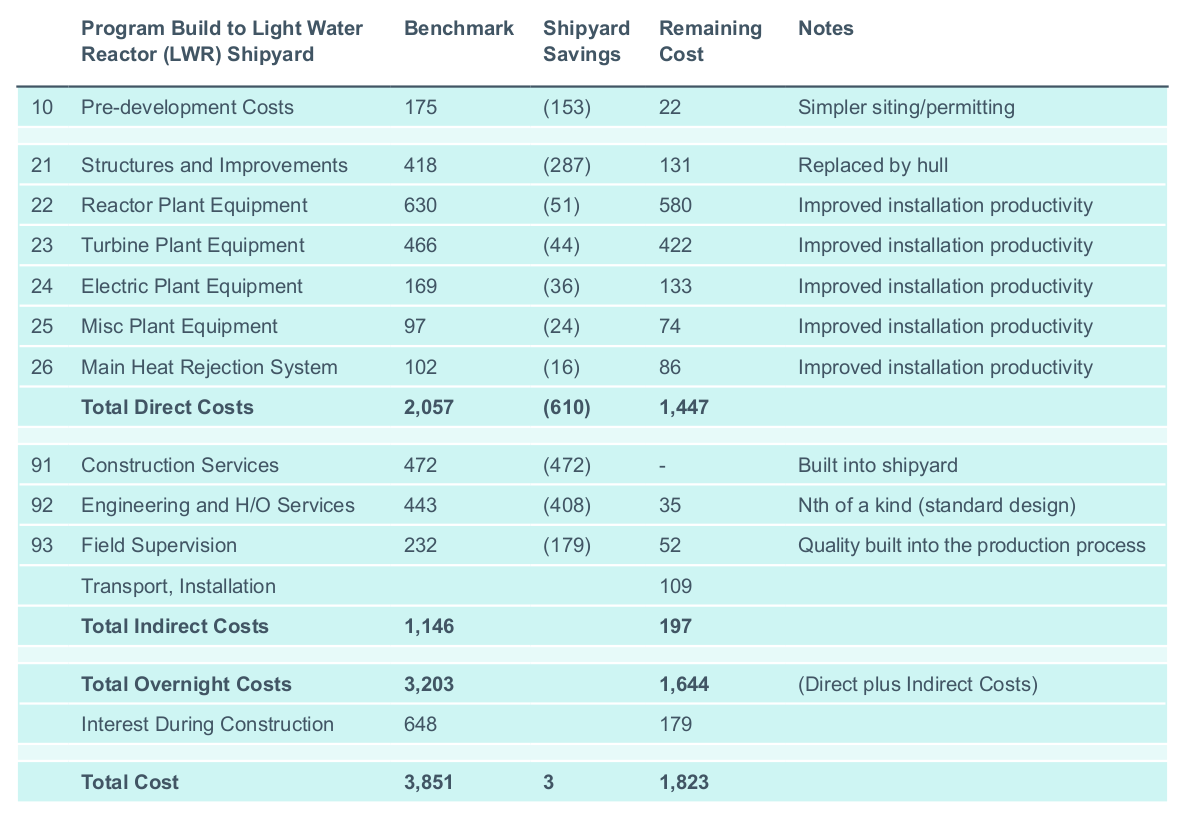
Potential shipyard construction cost reductions (Lucid Catalyst, Missing Link to a Livable Climate, 2020)
Offshore improves performance during key events
- Reliable natural cooling from seawater
- Decoupled from earthquakes
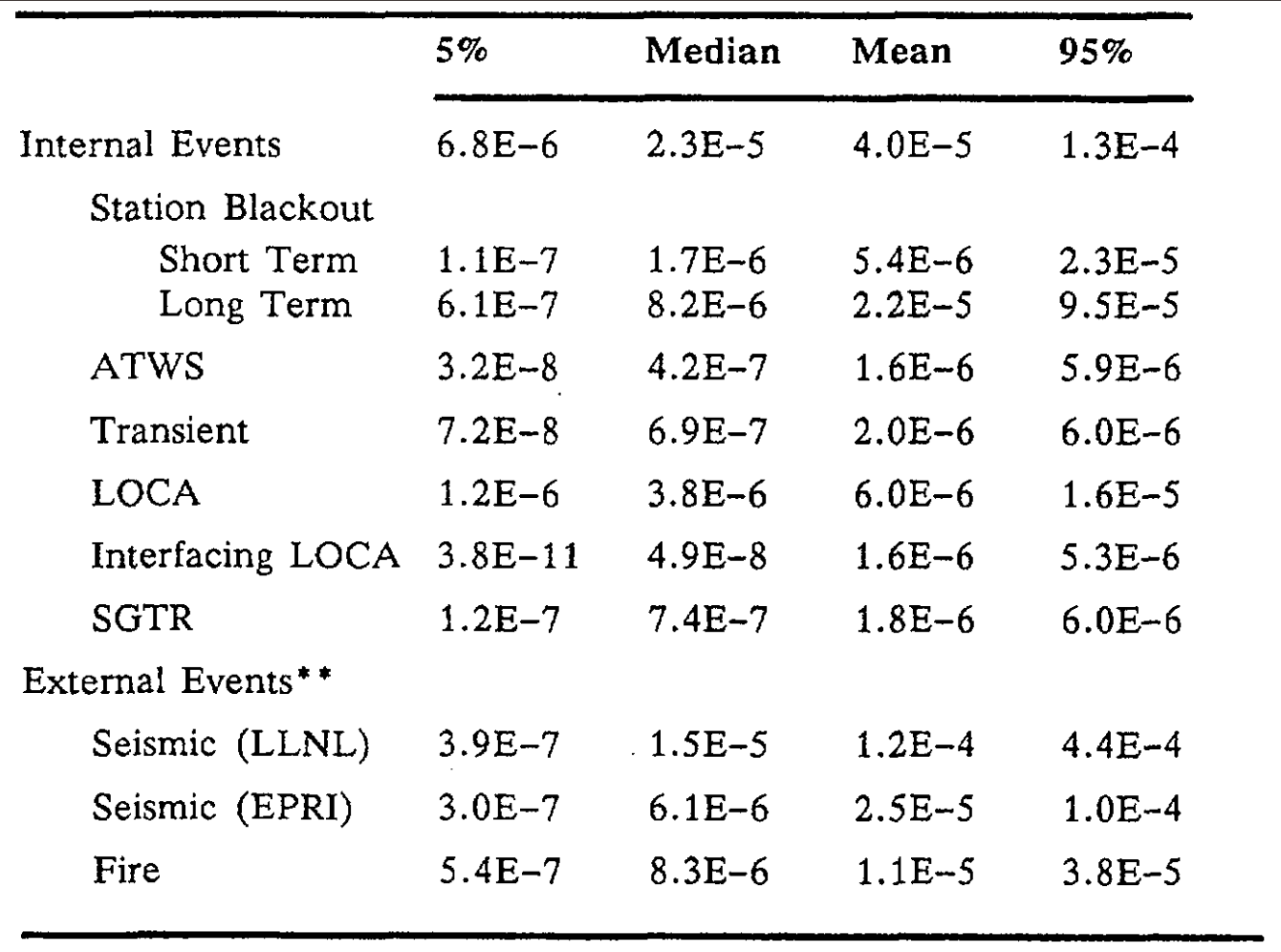
Core damage frequency estimates for a land-based LWR (NUREG-1150)
HOW TO HELP

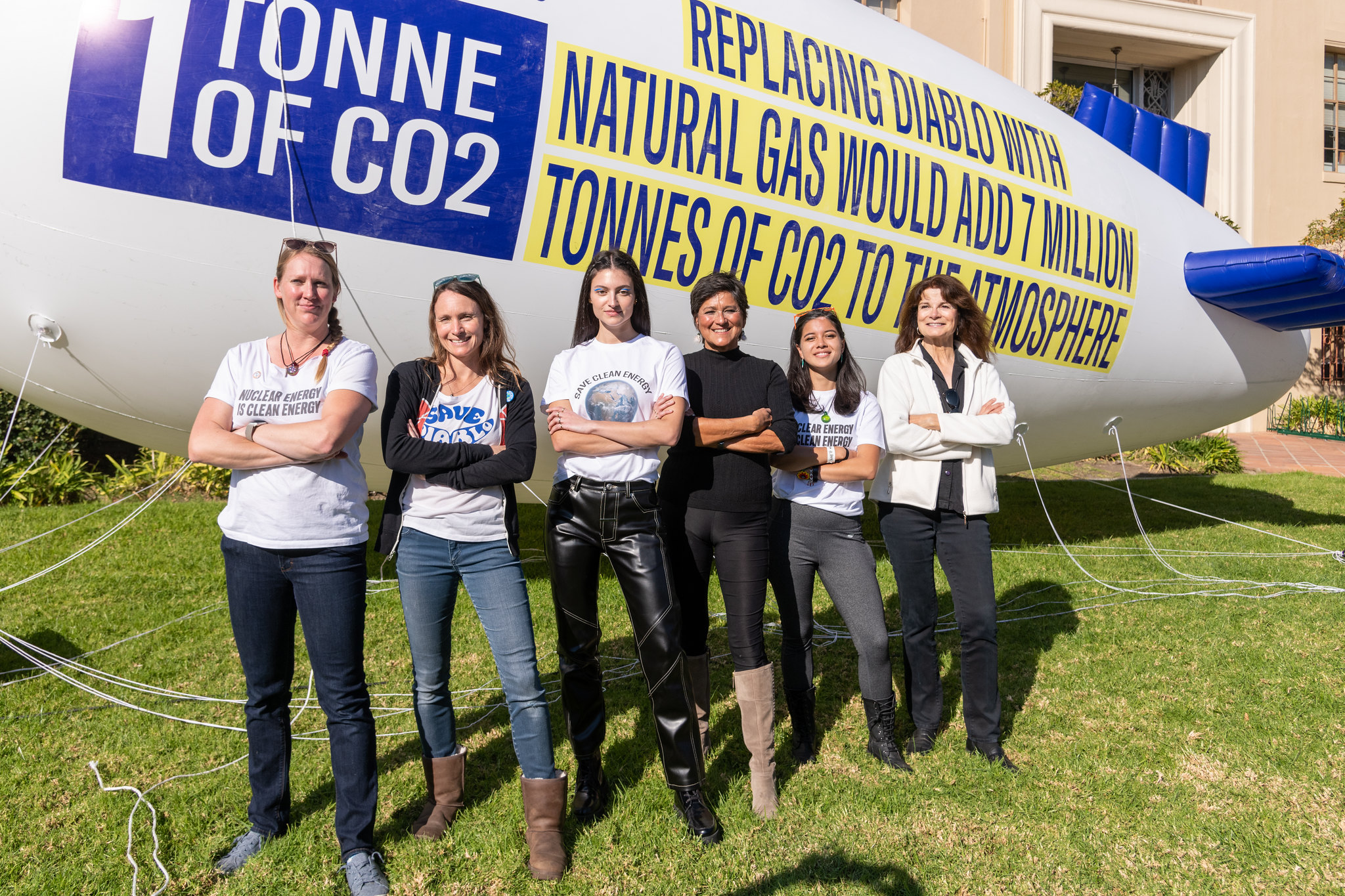
Save Clean Energy rally in SLO last November organized by Isabelle Boemeke (@IsabelleBoemeke)
Things you can do
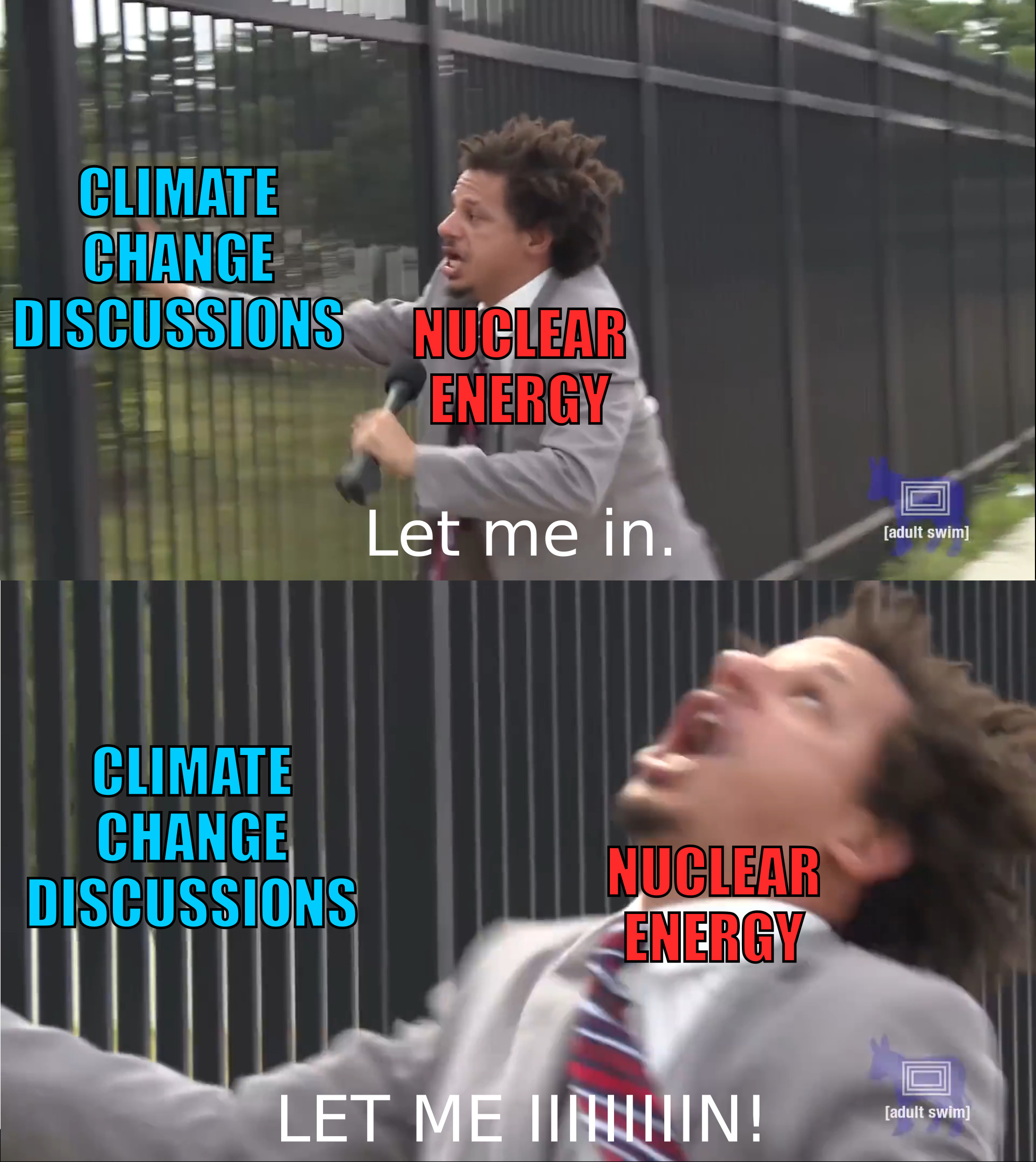
What about
THE WASTE?

Nuclear waste is composed of nuclei left over after neutron irradiation

Most of the energy of fission comes out immediately, but some comes out later

The energy comes out on different time scales
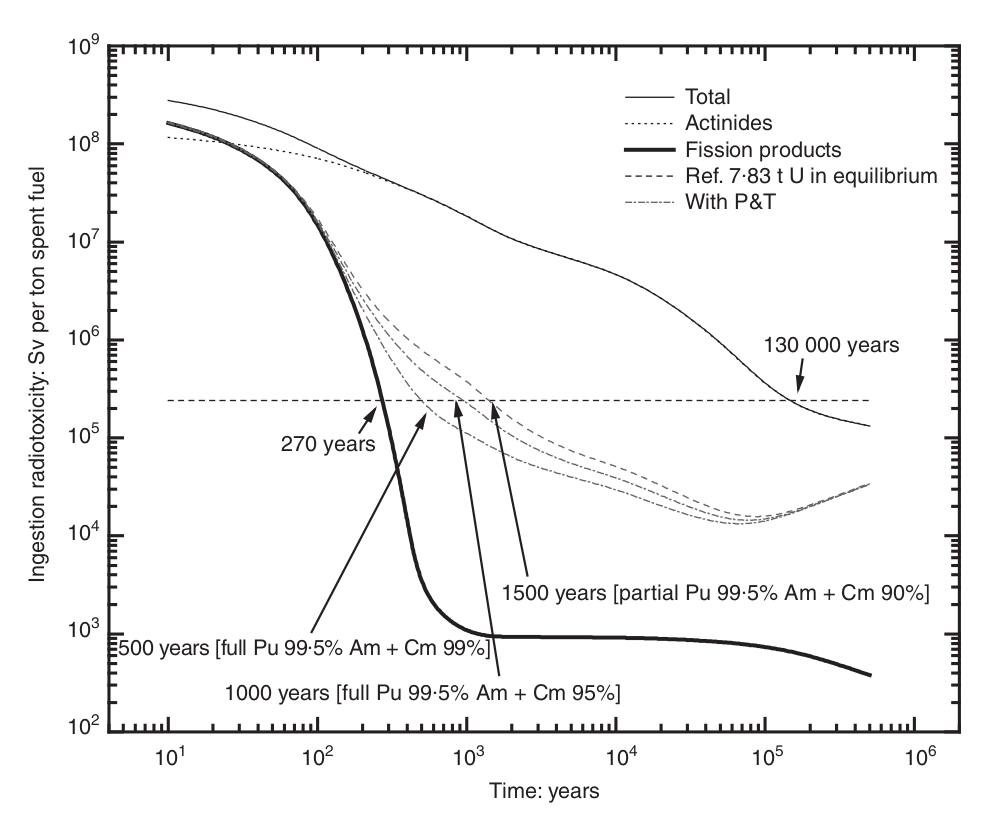
How much waste is there?
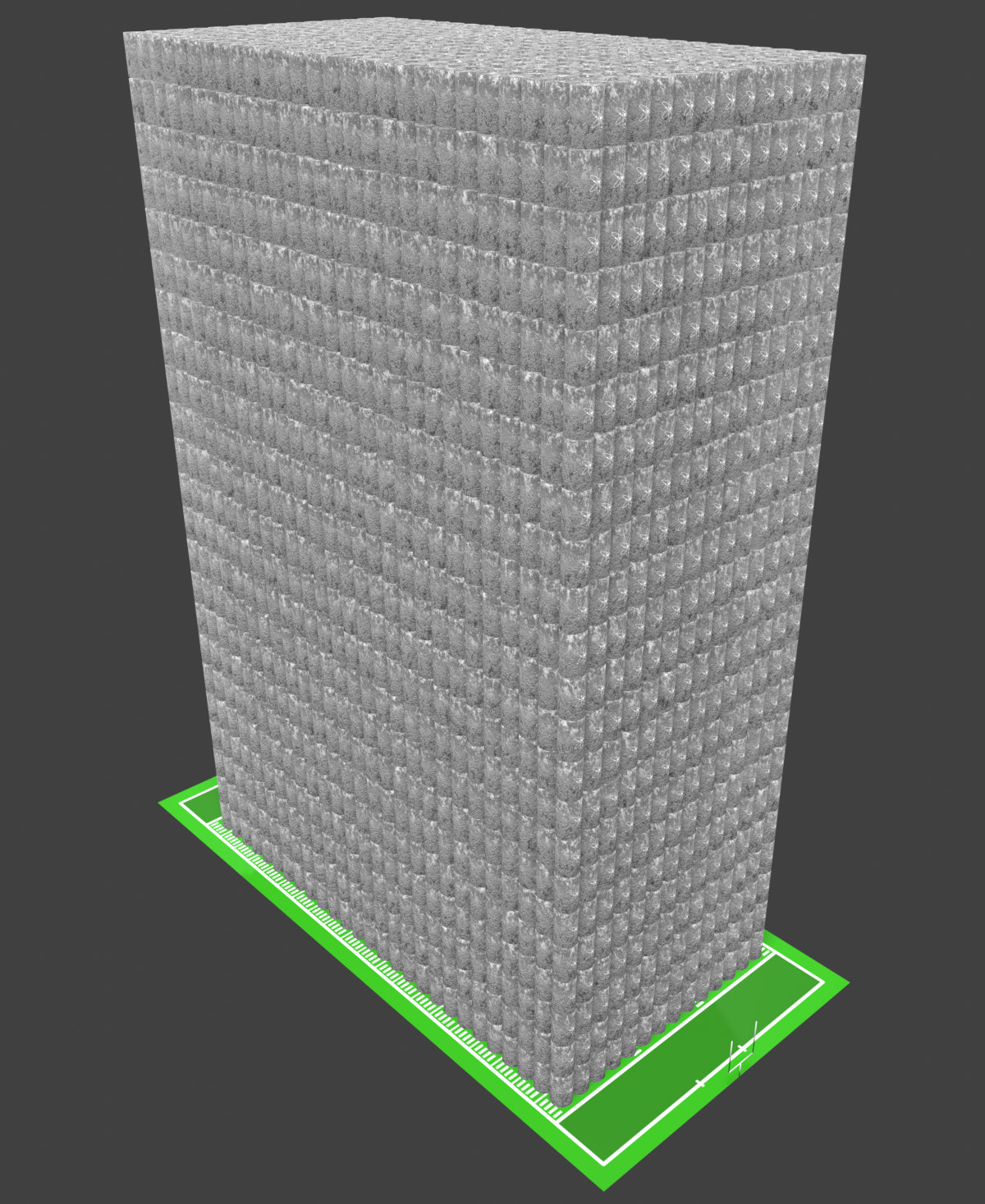
If all US nuclear waste were loaded into dry casks, it would stack this high (whatisnuclear.com)
Nuclear waste solution options
- On-site dry cask storage
- Interim consolidated dry cask storage
- Deep geologic repository
- Mined repository
- Rock (e.g. Onkalo, KBS-3, Yucca Mtn.)
- Salt formations (e.g. WIPP)
- Deep borehole
- Recycling/reprocessing
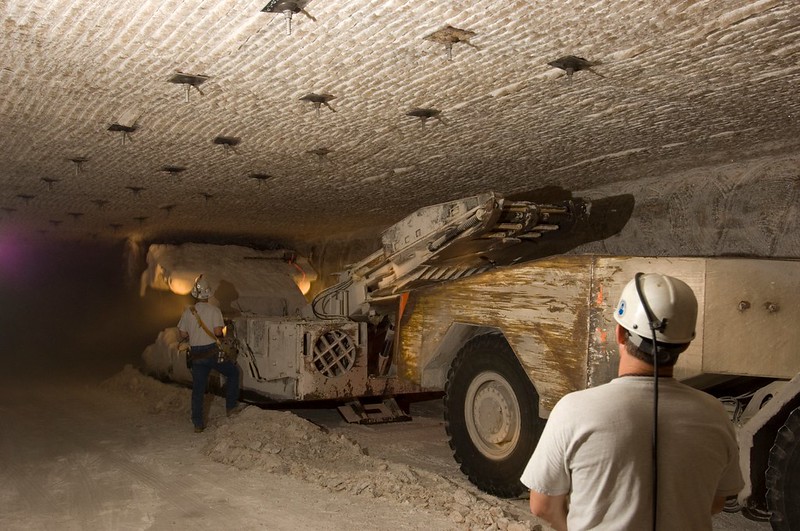
Operational nuclear waste repository in salt at WIPP (DOE)

Finland's Onkalo repository (Posiva)
Nuclear waste disposal is already paid for by rate payers
- In the US, the 1982 Nuclear Waste Policy Act set up a Nuclear Waste Fund
- All commercial plants paid 1.0 mill per kWh generated
- Current balance is about $55 billion
- Payments were suspended in 2014 because repository stalled
- Research and construction for Yucca Mountain spent about $10 B
- Similar funds in Canada, Germany, Finland, etc.
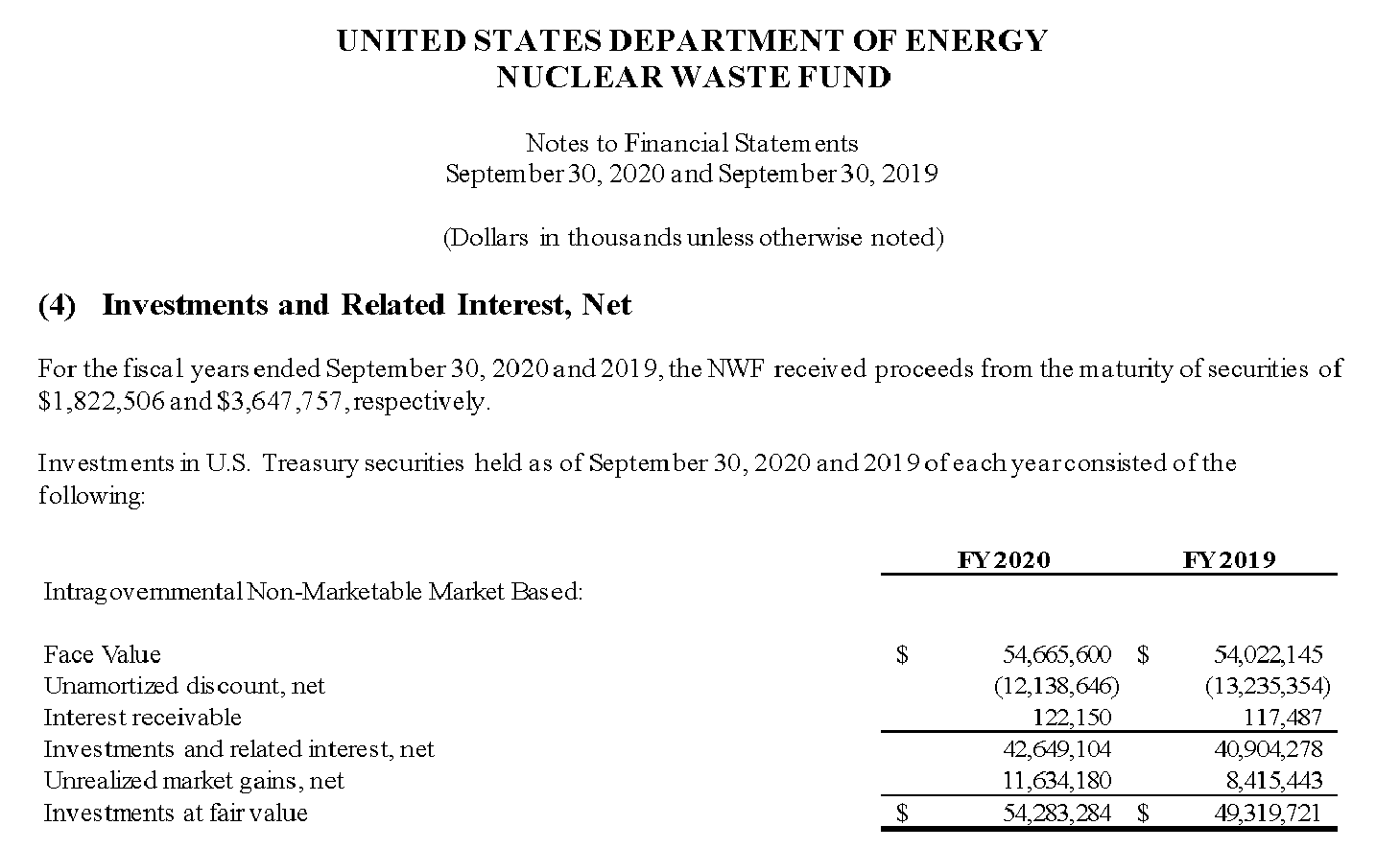
A 2020 audit report of the Nuclear Waste fund (DOE)
So what's the problem? No one wants it.
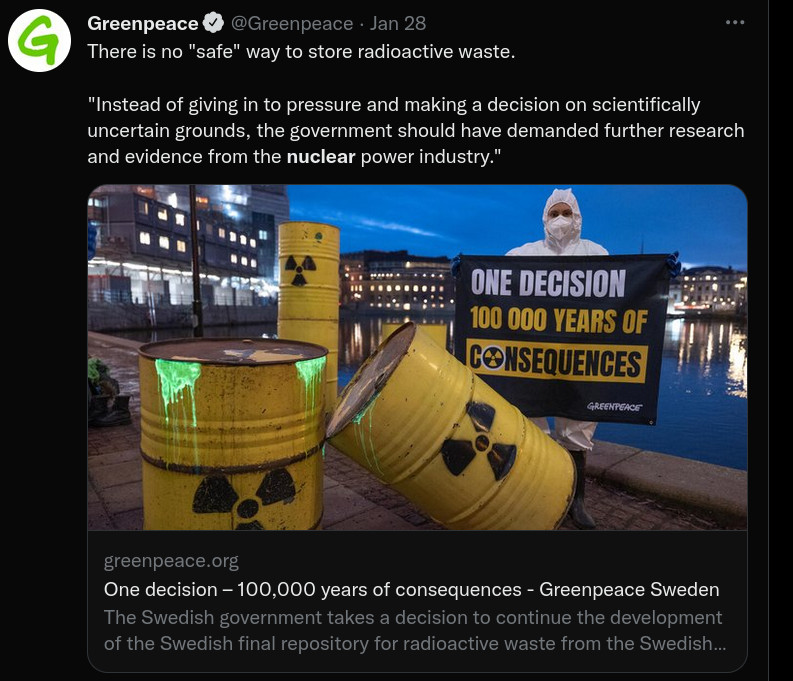
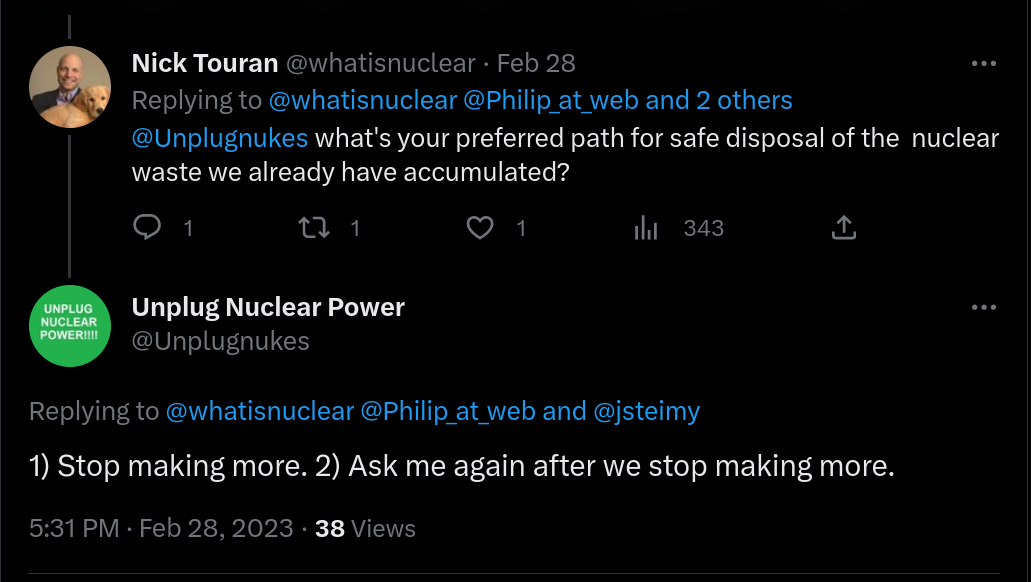
Anti-nuclear organizations oppose proposed solutions
Pushing back against waste solutions is documented policy
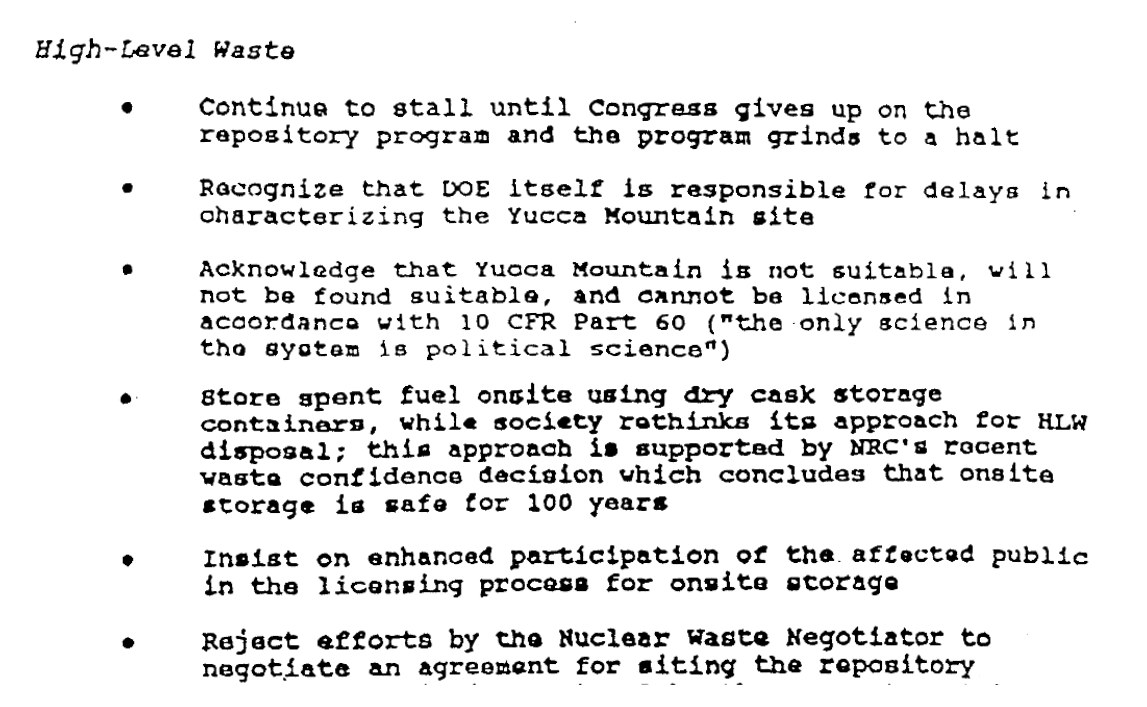
Strategy document from a 500-person meeting opposing nuclear power in 1991 including Ralph Nader, Amory Lovins, etc. (from Atomic Insights)
Going forward on waste
- Onkalo will clearly demonstrate the solution (if WIPP hasn't)
- Consent-based siting efforts may make progress
- Need to find out how to get communities to reach out as repository host
- Challenge anti-nuclear organizations who oppose solutions
- Inconsistency: You can't simultaneously consider waste horrifying while stone-walling its safe disposal.
-
Alternate: recycling
- Required for 1000+ year sustainability
- Still needs repository for process losses and long-lived FPs
- Far more expensive, and we need to make nuclear power cheaper
- Historical proliferation issues ("plutonium!")
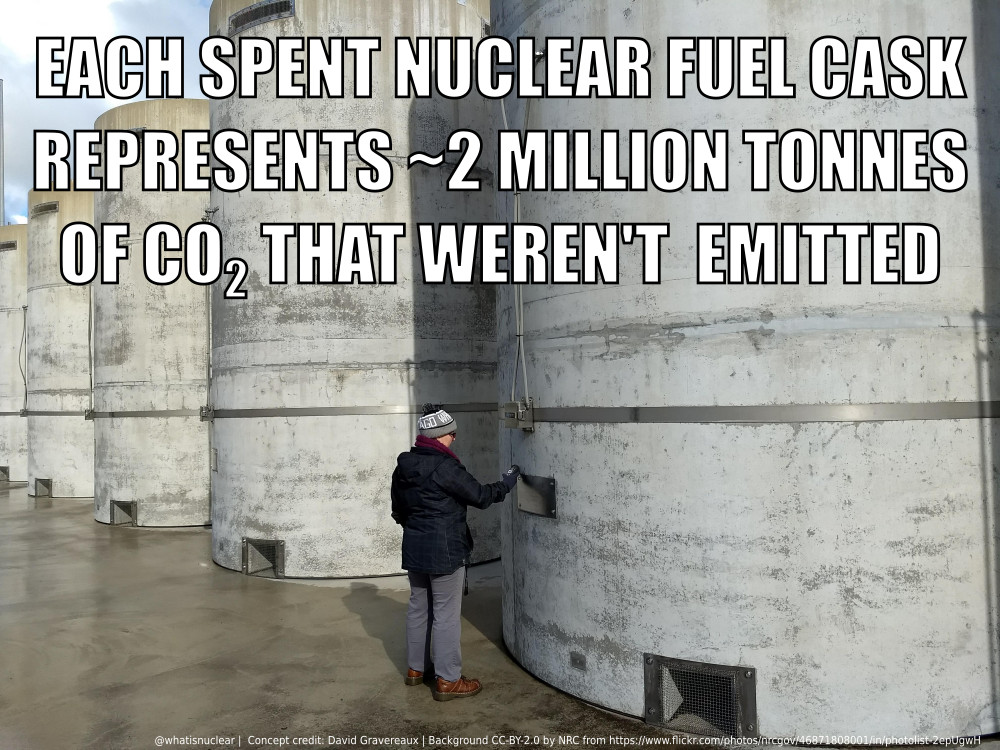
Here's a more positive view of nuclear waste (Photo from NRC)
